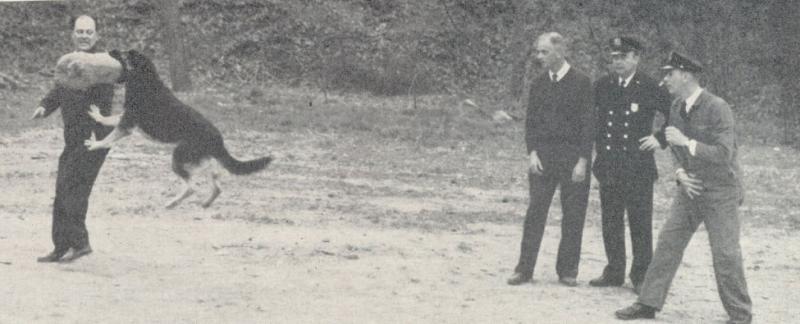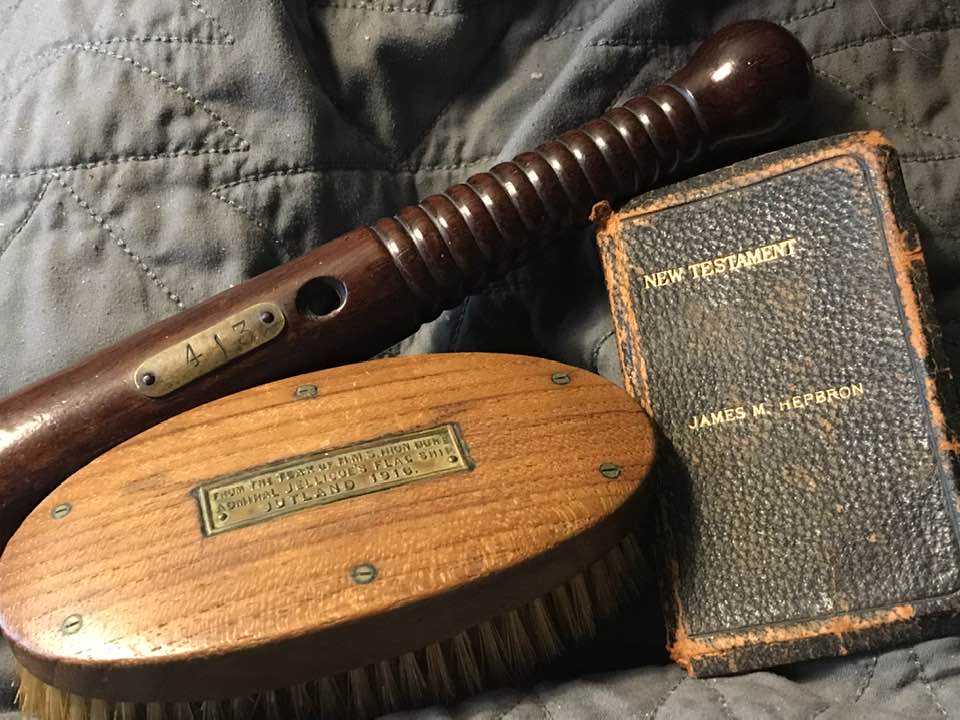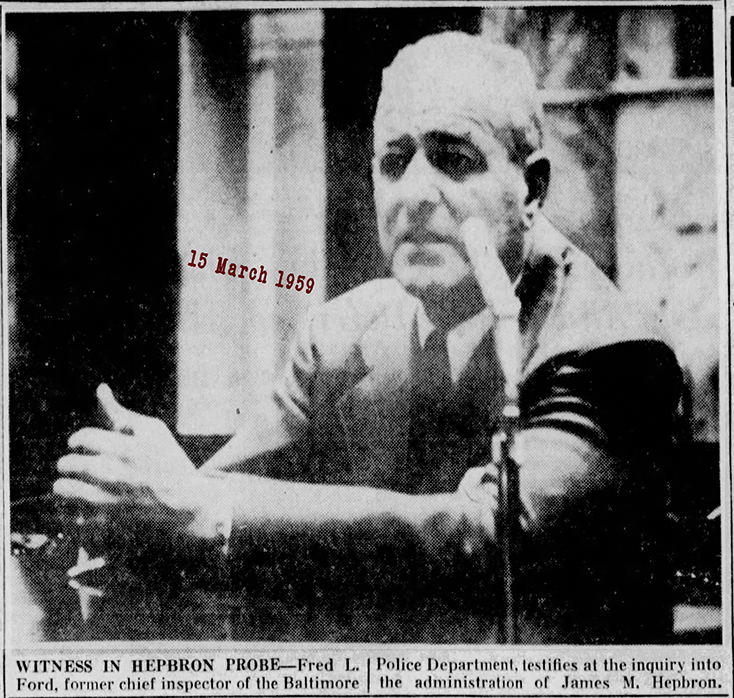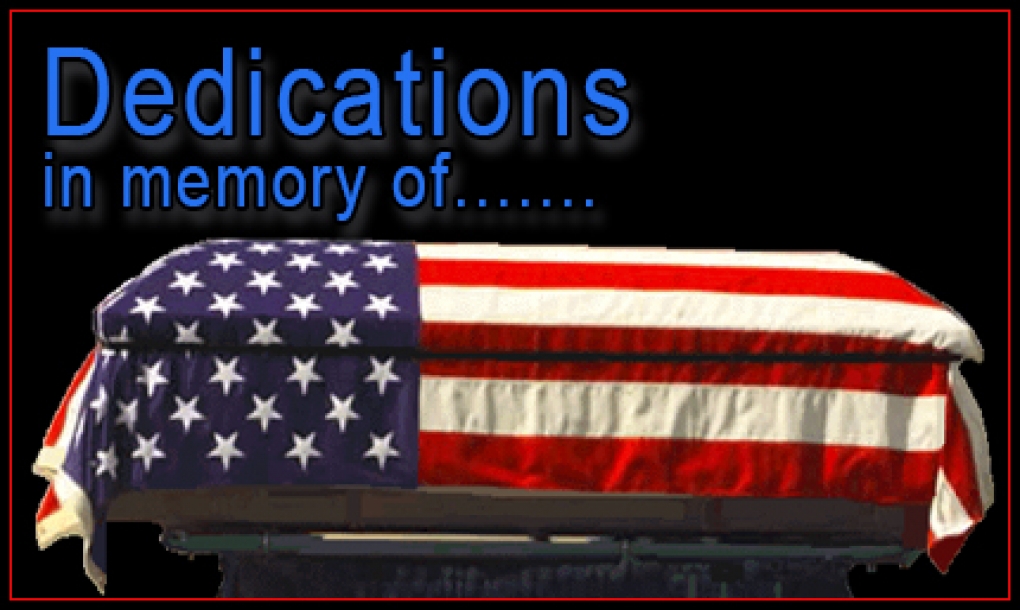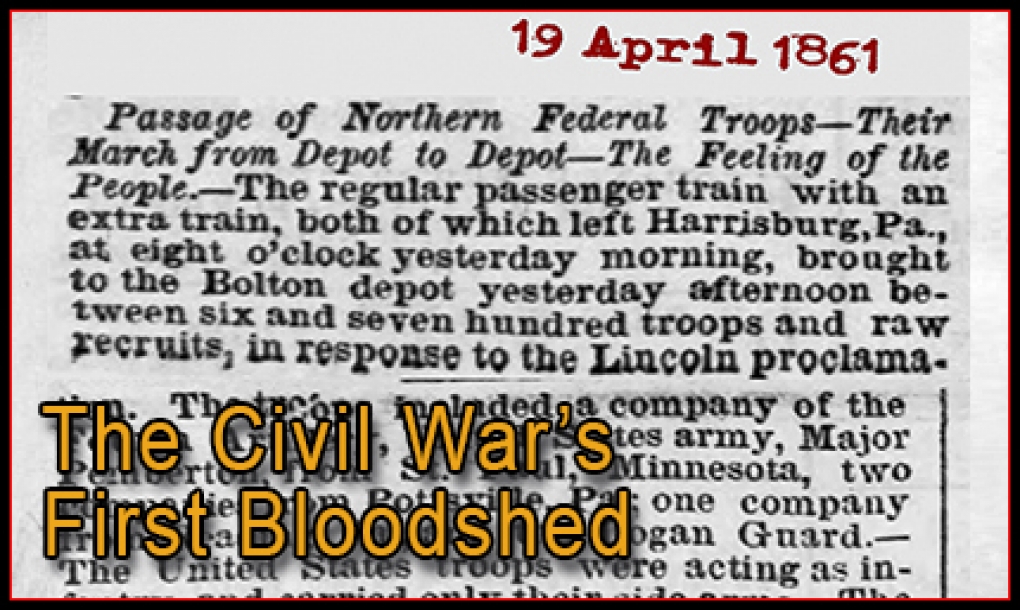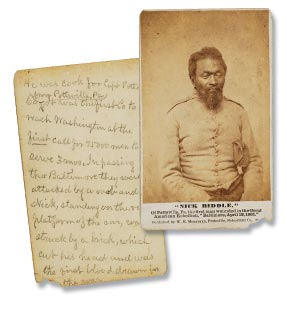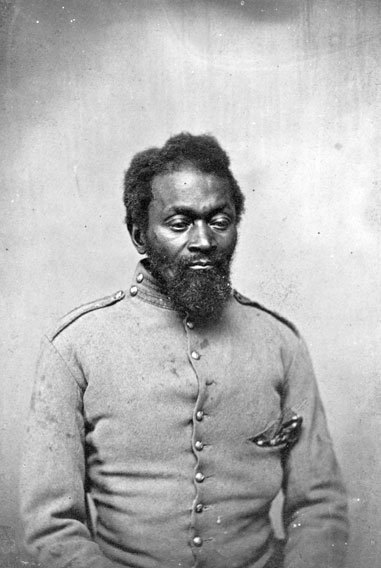Traffic Division
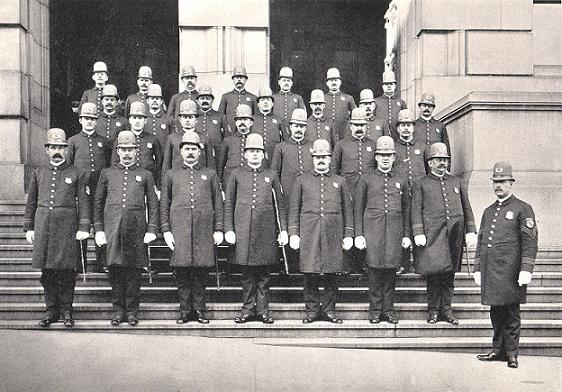
Traffic Squad 1905
27 July 1905
aka The Beauty Squad
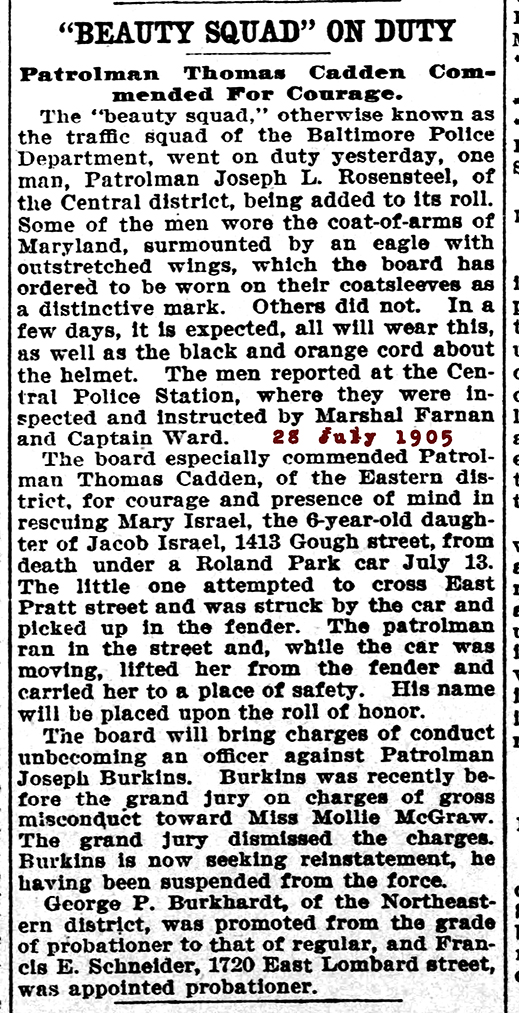
The Article is darted 28 July 1905, in it, it reads, The unit started yesterday.
Meaning our Traffic Unit officially got its start on 27 July 1905
 Traffic Control System
Traffic Control System

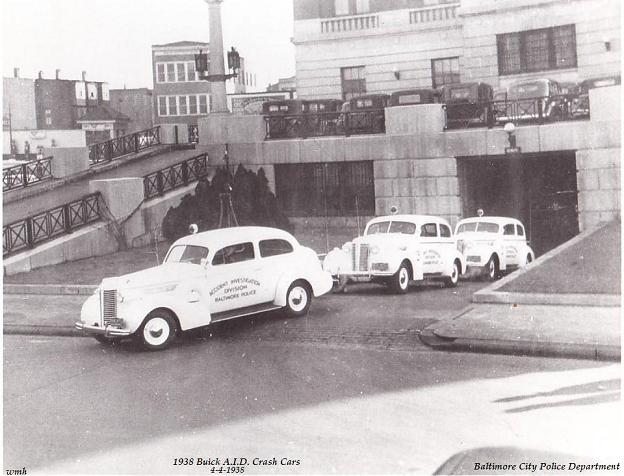
'CRASH SOUAD CARS ARRIVE FOR POLICE
The Sun (1837-1989); Feb 2, 1938; pg. 7 'CRASH SQUAD' CARS!
Arrive for Police!
New Autos, To Probe All Accidents,
To Go Into Service When Equipped
Crews Will Test Brakes of Machines Involved and Photograph Scene Three automobiles for the "crash squad" of the Police Department have arrived and will be placed in service as soon as they are equipped, Capt. Henry C. Kaste, head of the Traffic Division, announced yesterday. The machines will investigate all automobile accidents and will have deceleration meters for testing the brakes of cars involved in crashes, as well as photographic equipment for recording the actual conditions after the accident
Two-Way Radios
They will have two-way radios, sirens, and blinking red lights to enable them to get to the scene before the positions of the cars have been altered. The crews, graduates of the University of Maryland's Traffic School, will render aid to the injured and will reroute all traffic until the conditions have been photographed and measured.
Officials hope to relieve the foot patrolmen of responsibility for traffic accidents. Members of the "Crash Squad" will be given two days, A month in Traffic Court to handle their cases, and the new manner of collecting evidence is expected to result In more convictions, particularly in fatal accidents.
Squad Still Nameless
Serge. Clarence O. Forrester is head of the squad, which is still officially nameless. Other cities having similar departments have decided upon "Accident Investigation Department" for a title, and it is expected that this choice will be made here also.
The "crash squad" was organized alter a report from the Baltimore Safety Council in April 1937, which recommended it as "a vital need for the securing of evidence." Coincident with the council's report, the grand jury urged the squad's creation as a means of reducing accident fatalities and injuries.
Nice Committee Calls Three Traffic Experts
Three traffic experts will appear before Governor Nice's automobile insurance committee at a meeting to be held at 8 P. M. Tuesday at the Emerson Hotel. They are:
Dr. S. S. Stineberg, Dean of the College of Engineering of the University of Maryland, who is conducting the traffic school there. John P. Rostmeyer, director of the Baltimore Safety Council. Preston D. Callum, chairman of the Baltimore Traffic Committee. The committee was named by the Governor shortly after the first of the Year to make a study of Automobile Insurance in the State and to make Recommendations to him and the next General Assembly.
Members of the committee are:
George W. Baulk, a chairman, and W. Harry Haller, of Frederick, representing
The insurance companies. John T. Shipway, of Flintstone; Jos. Eph S. Bigelow, of Annapolis, and J. Francis Rahlke, of Westminster, representing businessmen. Max Sokol, secretary, and Robert R. Carmen, representing the legal profession. The last Legislature passed a resolution calling for the appointment of the committee.

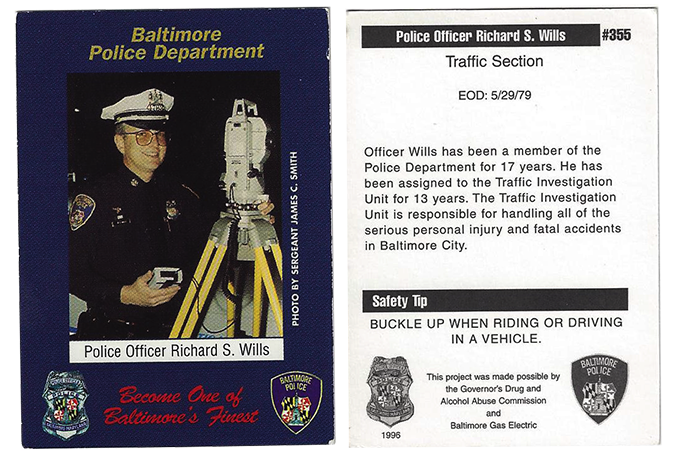
Photo Courtesy Richard Wills
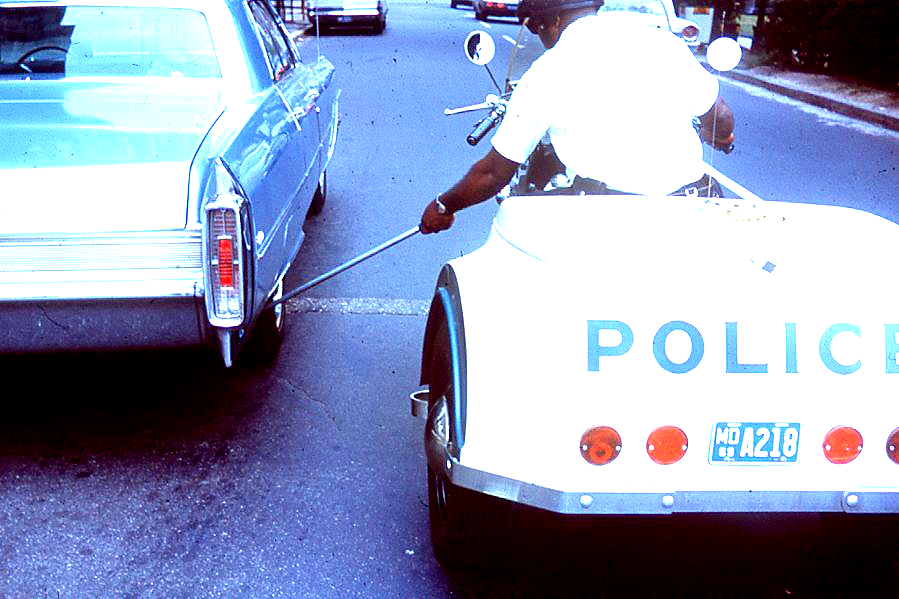
Courtesy Bob Wilson

Bike Unit
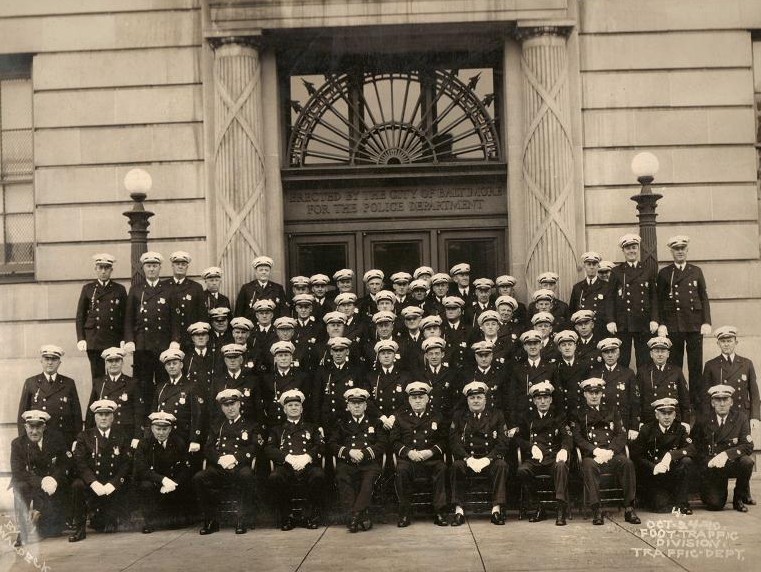
Traffic booth and Officers directing traffic at Liberty and Lexington Streets
Photo courtesy Lt. Janet Ensor, Baltimore Co. Police
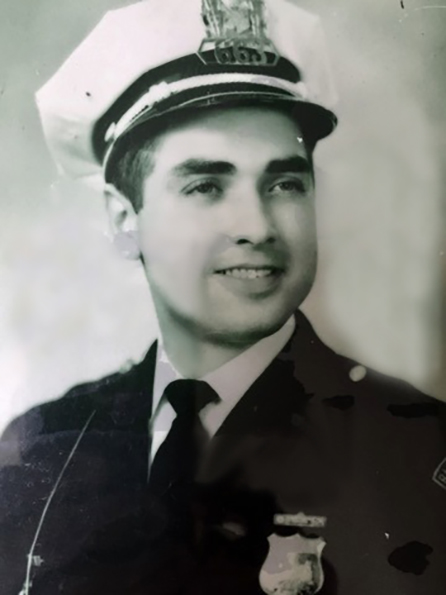
Courtesy Dave Eastman
Officer Joseph Wallace
Badge #663
Served with Honor

19 February 1937
Silent Phone List Given to Gaither
Move Seen as the First Step in Police Probe of Gambling Racket
Compromise Held Possible in Case of Naming Utility as Defendant
With the threat of widespread investigations hanging over bookmakers and lottery interest in the city, Judge Eugene O’Dunne yesterday transferred to general Gaither, Commissioner of police, a list of names and addresses of persons having silent telephones. The list was furnished by the telephone company the information was given over without additional communication, but Judge O’Dunne already has assured the grand jury that further word on the gambling racket and related interest will be forthcoming from one of three sources.
Phone Company Case Pending
One of the sources named was General Gaither, and the transfer of the list was seen as the first step in a police probe. The second source is a states attorney’s office, and the third source is the court itself, it was said.
No additional data has been revealed by the state attorney’s office concerning the bookmaking case in which the telephone company has been named a defendant and held on a $1000 bail. J. Bernard Wells, states attorney, is away, and it is considered possible that the case will not be put up for trial until his return.
It also was said there was a possibility that some compromise settlement would be reached in the case, in which the telephone company has been indicted as a defendant with William S Zimmerman, a bookmaker, who already has been convicted and is awaiting sentence.
Meanwhile, Judge O’Dunne settled other lottery and bookmaking cases yesterday. James F. George, of the 800 block of E. Eager St., was sentenced to 30 days in jail and $500 fine on his plea of guilty to violations of the lottery laws.
Charles H. Knapp, Junior, assistant state’s attorney, told the court that George was arrested a week ago by Sgt. Frank Schmidt and patrolman Ralph Amrein and a florist shop in the 500 block of E. North Ave.
Jail Sentence is Suspended
Joseph V. Albright, a Roland Avenue confectioner, whose testimony began the prosecution of Zimmerman, was sentenced to a$200 fine. A jail sentence of 30 days was suspended on the conditions of good behavior.
Albright, charged with bookmaking, pled guilty when originally arraigned, but took the stand and name Zimmerman as the bookmaker to whom he returned in his bets, Zimmerman’s arrest followed, and soon afterward came the testimony that resulted in the indictment of the telephone company.
Friday - 25 February 1938
Deny “Stop – Police” Machines Intended to for Motorists
Officials Explained 10 New, Black Cars are Cruising Streets on General Patrol Duty
10 Black Police cars which can flash a “Stop – Police” sign when overtaking motorists have been operating on the streets since [Thursday] 27 January 1938 and have reported 1,460 “Moving Violations” or 40 more violations a day than average during that time.
Police officials were quick yesterday to deny a report that the new black machines were pulled out of the hat on a rainy night to fool motorists. Records produced by Capt. Henry Kaste, of the Traffic Division, so that 48 arrest Wednesday night did not constitute an unusual showing for the new cars.
They also objected to the idea that the new cars were painted black as a disguise and that they carried trunk tags for the same reason.
Inspector Hamilton R. Atkinson said yesterday [Thursday, 24 February 1938]
“Our job is to reduce the accident rate in Baltimore, and we are trying to do it in a sane way. We do not want to persecute anyone. If a citizen is doing the right thing, they do not have to fear the police.
“We know that reckless daredevil drivers represent only 15%, of the motoring public, and we are trying to get them off the city streets to protect the other 85% of Baltimore’s drivers. The new cars have done more good than anything we have ever tried in the traffic division.
“They are doing excellent work. Why we have run across any number of drivers who admit that they have been getting away with violations for years. Some say they have not been arrested in 25 years of driving. They say they have always looked for the motorcycle.
“Of course, the cars are black. We are not disguising them. We don’t want a distinctive color; the State police use of khaki. That is their designated color. Ours is black.
“The only cars in the Police Department that are any other color artist the cracks squad vehicles, which are painted white.
“These cars have been on the street since 27 January 1938. Only in inclement weather, one motorcycle men are grounded to all 10 of them work. The officers are in full uniform.”
Plates Are Explained
Inspector Atkinson explains:
“They are using license plates of a series commonly issued to trucks, and so are other privately-owned pleasure cars, because the Commissioner of The Motor Vehicles Administration ran out of regular pleasure car tags.
Signs on Hoods
“It is not a question, however, of piling up the arrests. These men are not sent out to make a certain number of arrests, but to stop reckless drivers and other violators.” The inspector said the new cars are engaged in general patrol as well as traffic work.
The records of “moving violations” produced by Captain Kaste did not include parking violations reported by the new machines. Speeding led the list of charges.

10 September 1937
New Traffic Enforcement System Merged
Grand Jury Recommends Drastic Alterations in Present Methods
Panel Stresses Concern Over Increase in Accidents and Deaths
Stressing its concern over the increase in traffic accidents and deaths in the city, the May term Grand Jury yesterday [9 Sep 1937 Thursday], in its report, recommended drastic changes in methods of handling such cases and urged the employment of at least 70 more policemen to execute the added duties.
As possible solutions for other reoccurring problems, the jurors offered recommendations which included:
Legislation aimed at keeping “Smoke Hounds” from buying denatured alcohol.
Legislation aimed at the control of syphilis and similar diseases.
A “Strong Narcotics Squad’ to stamp out sale and use of Marijuana.
Child Guidance Clinics in public schools and a crime prevention Bureau to reduce juvenile delinquency.
Psychiatric examination of all men charged with sex crimes.
African American Policemen for African American communities as a step toward curbing the high percentage of African American delinquency.
Use of the present penitentiary building for the city jail and the erection of a new penitentiary building elsewhere.
More Police Advocated
Additions to the Police Department, as a means of better enforcing present traffic laws and providing new services, were recommended for the Traffic Division. Under the jury’s scheme 33 men, including two Lieutenants and three Sergeants, would be added to the Motorcycle Squad. 10 “fast automobiles” would also be given to the squad for use at times when motorcycles could not safely be used.
14 men, including one Sergeant, would be added to the Mounted Section of the Traffic Division. This would bring the total in this section to 25 Officers and two Sergeants. The increase recommended for the Motorcycle Division would raise the number of men in that section from 52 to 85.
Crash Squad Urged
The jury recommended that a Crash Squad be established and advocated 24 regular men, three extra men and for Crash Cars. Working in eight-hour shifts, the cars would be manned by two men each during both day and night shifts. The Crash Squad would investigate all accidents and include in their reports photographs of the scene, the cars, and the skid marks, testimony from witnesses and the drivers involved as well as any other pertinent information.
The jury recommended that a Street Traffic Commission be created, consisting of representatives of the Police Department, the Public Services Commission, the Commissioner of Motor Vehicles, the Chief Justice of The Traffic Court, the Superintendent of Schools, the Board of Awards, the Bureau of Highways, the Baltimore Safety Council and possibly others.
New Tests for Drivers Registration
The jury said it’s not accomplishing any useful purpose. New physical examinations of all drivers were recommended. The jury suggested that an Assistant State Attorney be assigned permanently to Traffic Court as a legal advisor to the police.
The Justices of the Peace of the Traffic Court, the jury said, should be empowered by law to impound driving licenses of persons convicted of serious violations. The Justices of The Peace, the report continued, should be raised to full Judgeship, give their entire time to the Traffic Court, and receive a salary of one half that giving judges in the Supreme Bench for Baltimore City.
Would Eliminate “Fixing”
Also recommended was a triplicate tag system to prevent “Fixing.”
Concerning “Smoke Hounds,” the report explained that these addicts of denatured alcohol are habitually being arrested, either for vagrancy or for more serious offenses. To ease this burden on the taxpayer, the report suggested a law which would forbid the sale of denatured alcohol for other than commercial purposes.
Among the laws recommended by the jury to curve syphilis were ones authorizing isolation of persons infected who refused to undergo treatment; requiring the medical examination of persons whom state or local health authorities have reasonable grounds to suspect; prohibiting advertisement of remedies accept to the medical profession; providing for examination of those about to become married.
African American Police Suggested
In recommending African American Police officers to work African American communities, the report said this might aid in securing the immediate cooperation of the African American community in a kind of crime prevention program. Such action, the report said, might do much to further cooperation of African Americans with the police.
Both the City Jail and the Penitentiary are overcrowded, the report said, and in need of many added facilities. As an economy measure, the report suggests that all of the old buildings in the Penitentiary plant should be demolished and that the State should sell the pen to the City for use after reconstruction as a modern jail.
Photo courtesy of Nancy Crane-Bentz
Police Officer Eugene A. Crane
seen here in a professional hand-tinted photograph in 1953 upon his completion of the police academy. He served in various assignments and is pictured on the Motor Unit and the Mounted Unit sections. He retired in 1975 with 22 years of dedicated service to the Police Department and Citizens of Baltimore City.
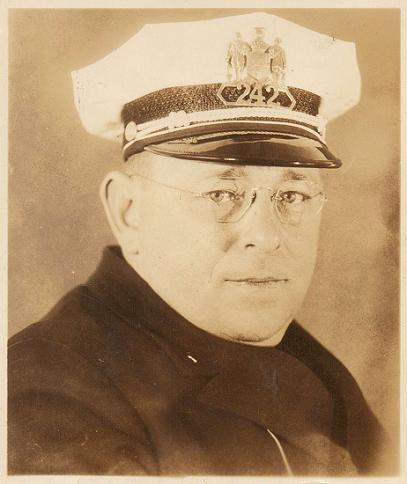
Photo courtesy Raymond K. Miles Jr.
Patrolman Ray Miles badge 242 worked Foot Traffic Unit for 16 years 1935-1951
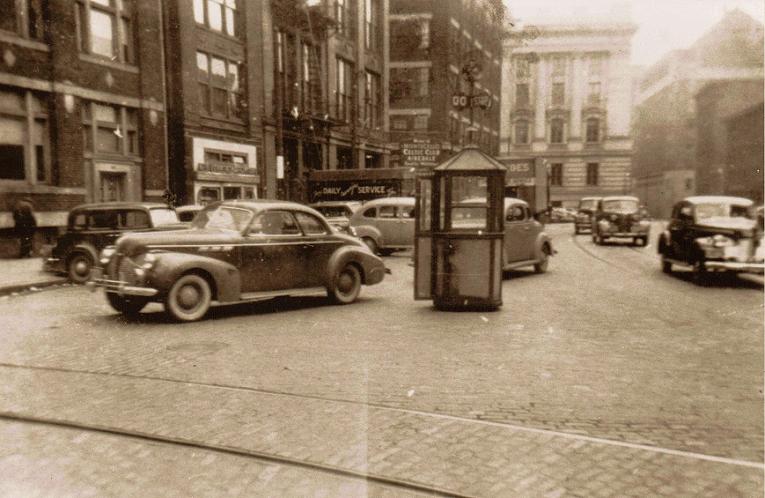
Photo courtesy Raymond K. Miles Jr.
Kiosk located at South St. and Lombard St. where the old News American Co. was located.
The traffic control device was decommissioned in 1951 when Patrolman Raymond Miles retired.
Photo courtesy Raymond K. Miles Jr.
Patrolman Raymond K. Miles worked in the Traffic Unit for 16 years
Photo courtesy Raymond K. Miles Jr.
Kiosk located at South St. and Lombard St. where the old News American Co. was located. Note the old Baltimore Streetcar which was headed to City Hall in a snowstorm. This Kiosk was worked for many years by Patrolman Raymond K. Miles.
Photo courtesy Raymond K. Miles Jr.
Photo courtesy Raymond K. Miles Jr.
Patrolman Raymond K. Miles served in the Baltimore Police Department from April 19, 1926, to July 5, 1951
Actuated Traffic Control Box
Memorial plaque to Officer Raymond K. Miles, Sr. showing all of his original police equipment, which is kept by his son, Raymond Miles, Jr. as a reminder of his dad's service to the City Of Baltimore and The Baltimore Police Department.

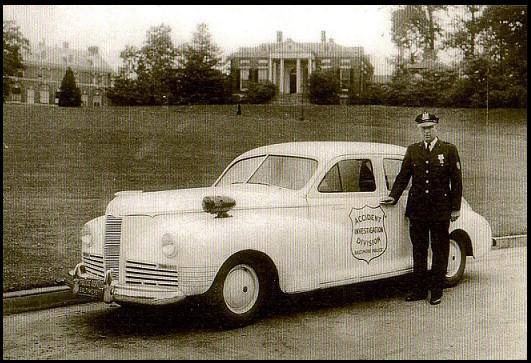
1942 Packard Clipper A.I.D. Unit
Officer U.B. Huff
Courtesy Sgt Dull Mrs. Shirly Kurtz one of the first Meter maids hired in 1961
for the Baltimore Police department's Meter Maids
Click on the following line to be taken to our Meter Maid History

20 Sept 1938
31 START TRAFFIC COURSE FOR POLICE
A Staff Correspondent
The Sun (1837-1989); pg. 24
31 START TRAFFIC COURSE FOR POLICE
Picked men from three states enroll in classes and College Park
Test lectures fill first day’s session of two-week curriculum
College Park, Maryland, September 19 – with rain – worst roads and strikes holding down the attendance, and 31 picked policeman, including 10 from Baltimore, assembled here today for two weeks of study on traffic congestion and accidents.
Seated in the University of Maryland School of art and culture Auditorium, just off the Washington Boulevard, please from three states and the District of Columbia pencils to them papers and took notes and lectures.
They heard W. L. Drawn, traffic engineer of the Baltimore Police Department, asserting that the hope of less city congestion lies in the judicious use of one-way streets.
No parking laws scouted
No parking laws will not eliminate loading and unloading, he said, and may even tend to reduce the city’s commerce. The expense of other methods is prohibitive, he added.
Kirk A. Keegan, of the national safety Council, Chicago, told the policeman that solution of the problem of the “accident – prone driver” is an important factor in reducing accidents. The car and the highway cause only 20% of the accidents, he declared.
As members of the University’s traffic officers training school, conducted by the school of engineering, the students had been chosen by the police departments to master the three “E’s” of traffic control – education, enforcement, and engineering – with a view to reducing accidents in their communities.
Brows are wrinkled
Browse was wrinkled often during the first days' session. A police sergeant from Washington cast a perplexed I and a neighbor from Greenwich Connecticut, during the explanation of medical friction; the 100 questions adaptability test caused many puzzled expressions.
Just as often a good-natured just brought laughter to all commerce, as when notes were compared revealing opposite interpretations of the teachers remarked.
With all many problems were discussed, everyone weathered the examination and all were receptive to five hours of lectures on the functions of a good traffic officer and the value of the records that take so much time and patience to make it.
Strike Detains Students
Of the 31 in attendance, several from Washington, two from to get, one from Delaware and the remainder from various parts of Marilyn. A contingent from Wilmington Delaware was unable to come because of a truck driver strike.
Dr. S. S. Steinberg, Dean of the engineering school, welcomed the men cited that 3000 persons are injured or killed daily traffic accidents and congratulated Sgt. Clarence Forrester, head of the Baltimore accident investigation division, for the manner in which he had organized the course.
Inspector Stephen G. Nelson, the acting police Commissioner of Baltimore, was unable to appear and was represented by Capt. Henry C Kasie, head of the traffic division.
Work is reviewed
Capt. Kasie reviewed the history of his department (Baltimore City Police) from its founding in 1905, when the men carried canes to guide traffic, through the days when the traffic division was heralded as the “beauty squad” because of the requisite six-foot height of its members to the present day, when there are 239 men. Major E. F. Monday shower, superintendent of the Maryland state police, whose department has five students in the horse, spoke of the necessity for strict attention and of the responsibility placed on those attending.
School officially began one Sgt. Forrester took the chair. He cautioned the men not to oversleep in the morning, and to take notes without assistance and in their own words.
“Exams during the course,” he said, “will not be judged on your handwriting.” This brought smiles all around. “But I don’t want any of you to turn in papers with identical answers, and don’t for made by jumbling the words around a bit.”
Before lunch Sgt. Forrester passed out the adaptability test, to be finished in 50 minutes. An anxious circle of large men surrounded him, “I’m alright and remembering things, but kind of poor at putting them on paper,” said one huge fella with a bald head.
Sample of questions
“There never was an exam that could jump up and bite a man, or kill him, or even knock them down.” The Sgt. reassured the class, “I just want your reasoning.”
The men began their papers. They found questions like “What causes lower taxi fares?” – With the discontinuance of streetcars, competition among taxies, goals forbidding the operation of large buses, conventions and fares etc. were no parking laws as the five possibilities for the correct answer.
Several of the men were finished the test in the allotted time in a few obtained 100%, marks. This was reported to be an unusual figure.
A Practical Picture
The Washington Boulevard separated the men from the In where lunch was served. In crossing, everyone became conscious of the great traffic problem as vehicles have skidded by. In front of the inn, the wrecking truck itself had been wrecked.
Mr. Braun spoke after a luncheon. He said the traffic control problem had become a reality with the advent of skyscrapers, having no provision for parking for office workers, and with the large increase in the speed and number of automobiles.
Sgt. Martin D. Brubaker, head of the accident prevention Bureau of the Maryland state police, reopened the classroom sessions. He described as a good traffic officer as a man with a “please – your – employer” attitude toward the citizen and recommended Dale Carnegie to the police as a first step toward needed psychology.
Keegan Last Speaker
Mr. Keegan, the last speaker, sympathized with the pupils for the first-day ordeal of a lecture course. Many of them had been working late the night before in their own police duties.
Speaking of the three “E’s” Mr. Keegan declared that they had made possible a 60%. A decrease in industrial accidents in the last 25 years. The same decrease with savings of more than 285,000 lives, could be made in traffic accidents, he said.
“There is plenty to be done in the two weeks,” said Sgt. Forrester.
“You’ll need plenty of midnight oil.”
First-aid – and remarking that a knowledge of simple first-aid was a necessity to the traffic officer. Sgt. Brubaker told of an accident near Baltimore three weeks ago. A small girl with a harmless looking cut under arm bled to death because no one thought to use a tourniquet.
Tunnel Vision – records are important in eliminating the bad driver element. Mr. Keegan said. He cited one man in Evanston Illinois who had been in 13 accidents. Records revealed that all these accidents had involved cars coming from his right. His glasses were found to hinder his vision from that side. In 18 months the van has not had an accident with the broader vision glasses.
Psychology – hotel clerks are taught to read your name upside down as you register, said Sgt. Brubaker, likewise, a good officer should learn the name of the driver he is questioning an address them by his name. “A man’s name is the sweetest thing in the English language to him. He will cooperate with you.”
Observant Police – Sgt. Brubaker ready with anecdotes told of an accident on the Eastern Shore. A small child had been killed by a motorist while riding a bicycle. The case was so flagrant and looked deliberate. A state policeman noticed the man was blinking his eyes. He was asked to read a large sign across the street. He could
Fair Treatment – a Baltimore jurist, said Sgt. Brubaker was tagged by a policeman for going, unavoidably through an amber light. The policeman seemed to take personal pleasure in prosecuting him. Later the same policeman appeared with a case before a magistrate – the same man. The magistrate dismissed the case, saying that on that occasion and on another many years ago, the policeman was not impartial

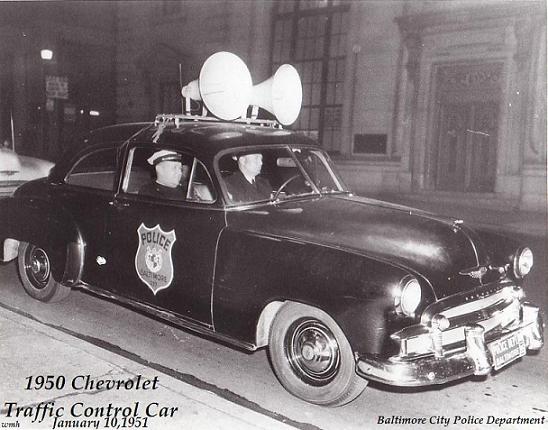
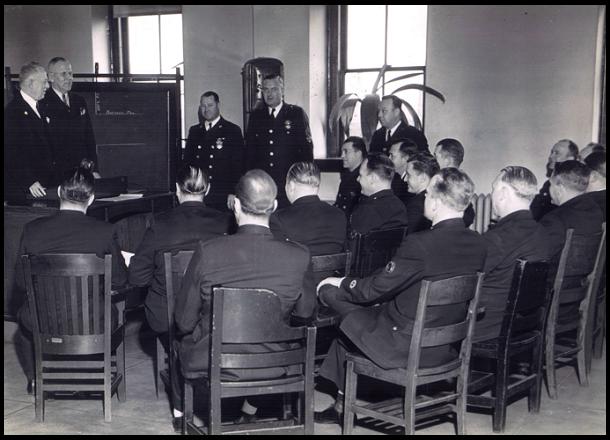
Traffic Seminar with Police Commissioner Robert Stanton
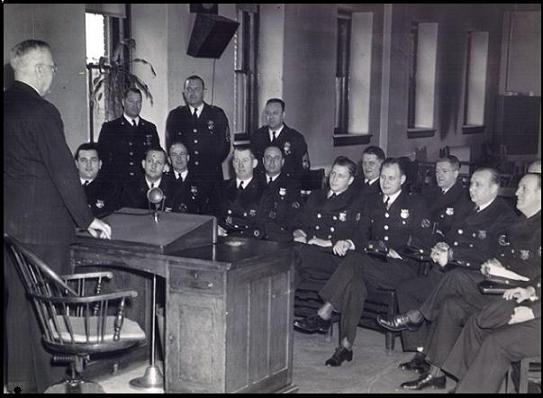
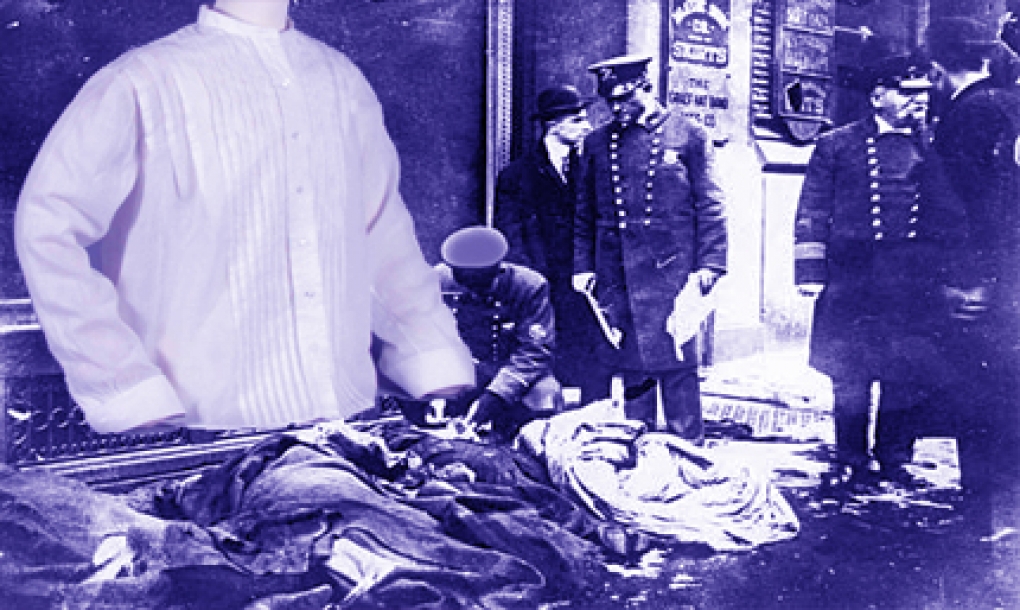 Coatless "Cops"? No!
Coatless "Cops"? No!
Click the Pic Above or HERE
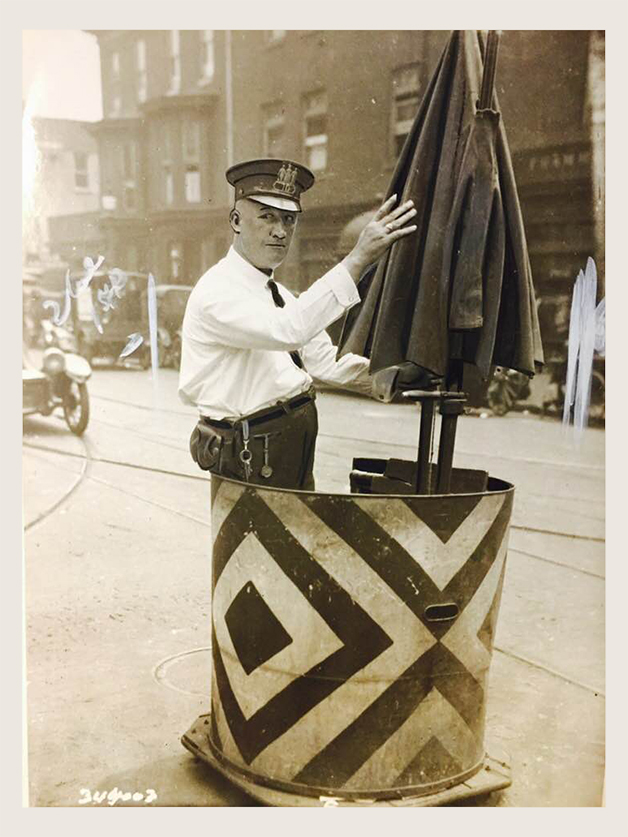
Baltimore Police Officers 1st to Go Coatless in Public
Click the Pic Above or HERE
COURTESY OF HIS SON JOHN WEBER
Officer John L. Weber
Born September 29, 1919, and died on December 16, 1999, at age 80. He was in the Baltimore City Fire Department stationed at #6 Truck in South Baltimore from 1947 until 1954. In 1954 he transferred to the police department until his retirement in 1966. He was assigned to Traffic for his entire tenure in the police department. He worked for both Capt. Klander and Lt. John Neussinger. Below, pictured is his retirement badge. His dedicated service Honored both the Baltimore Fire Department and the Baltimore Police Department. John Weber, the Son of John L. Weber and Nephew of Elmer Weber provided this information about his family of dedicated Police Officers. John Weber is a retired Baltimore County Police Officer with 22 years of service, he was shot on a traffic stop. Now he is an investigator with the Baltimore City States Attorney's Office.
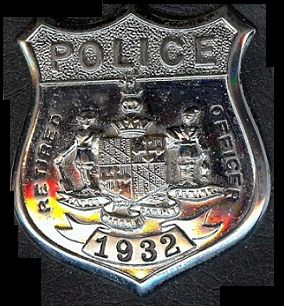
1928 - February 22, 1928, The first vehicle actuated control was tried out in Baltimore. (To the best of our knowledge this was the first vehicle actuated signal insulation in the world.) - This was an automatic control were a brake attachment and two funnels placed on poles on the right-hand side of the cross street, ordinary telephone transmitters being installed inside the funnels. These transmitters being connected to the sound relay, which when disturbed by noise, for example, the tooting of horns, blowing of whistles, or the sound of voices would actuate the sound relay, releasing the break on the automatic control permitting the motor to run. This would change the signal which had been green on the main street to amber, then to read, permitting the side street traffic to move out on the green. It would automatically reset to red. This device was invented here in Baltimore. - This control would always restore itself back to the main street green, then the break would set and the signal would remain green on the main street until disturbed again by sound. Several of this type were installed, one being at Charles Street and Cold Spring Lane, another at Charles and Belvedere Avenue
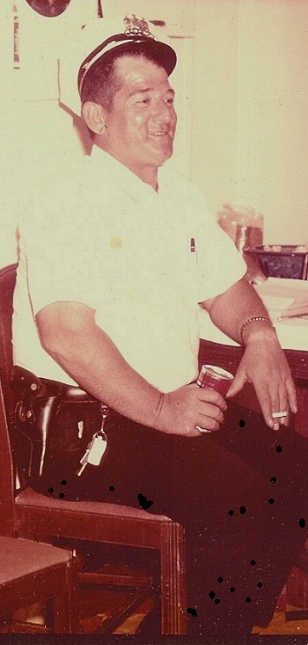
COURTESY OF HIS NEPHEW JOHN WEBER
Medal Of Honor Medal Recipient”
Patrolman Elmer Weber
4 Charges Lodged, Abated by Death


1 October 1952
Article Describing the Date the Metal Horse-Head Traffic Insignia was Changed for a Cloth Patch
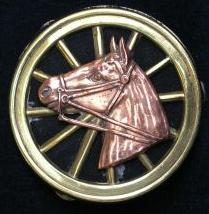
This insignia was worn from 1905 until 1952

Click HERE To See Full Size Article

Click HERE To See Full Size Article

3 Earlier Offenses Laid to Youth Shot by Police
October 15, 1951, Copied from the original newspaper article
Four burglaries, robbery, and theft charges had been placed last night against a 17-year old East Baltimore youth who was killed by a policeman early yesterday during an attempted holdup.
All the charges were marked on the docket at the Eastern Police station as “Abated by Death.”
Herbert Finnerty, a former inmate of the Maryland Training School for Boys was shot to death by Patrolman Elmer Weber of the Eastern District, who interrupted a holdup at a fruit stand at Eastern Avenue and Clinton Street.
Reported Beating Watchman
Patrolman Weber reported Finnerty was beating the 77-year-old night watchman, Joseph Thanner, 3100 block of Foster Avenue, on the head with a pistol. Mr. Thanner who was struck about fifteen times and received multiple head lacerations remains in the City Hospital yesterday. Patrolman Weber reported Finnerty wheeled, a pistol in hand and said “Your next, you flatfoot.” The policeman drew his service pistol and fired one shot. The youth fell mortally wounded.
Burglary And Theft
The following three charges were placed against Finnerty last night.
1. Burglary at a grill in the 6500 block of Riverview Avenue on October 6, with the theft of $200.00.
2. Theft of $88.00 from his mother, Mrs. Margaret Finnerty at their home in the 1900 block of Fleet Street.
3. Theft of $34.00 September 29 from Mrs. Carrie Cooper of the 900 block South Streeper Street at her home.
Charged with Holdup
Earlier Finnerty had been charged with the holdup, beating and attempted robbery of Mr. Thanner.
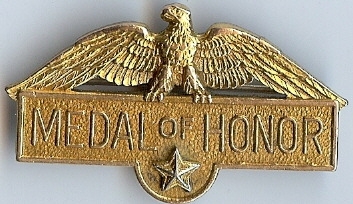
COURTESY OF HIS NEPHEW JOHN WEBER
Patrolman Weber was charged with causing Finnerty’s death and released in the custody of Captain August A. Gribbon, Eastern District Commander, pending a hearing.
COURTESY OF HIS NEPHEW JOHN WEBER
The “Medal Of Honor” awarded to Patrolman Elmer Weber for his Heroism in the face of grave danger for the above incident.
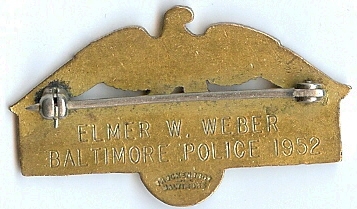
COURTESY OF HIS NEPHEW JOHN WEBER

COURTESY OF HIS NEPHEW JOHN WEBER
Above and below are the Official Commendation records of Police Officer Elmer Weber indication the award "MEDAL OF HONOR" and a "BRONZE STAR" A true decorated Hero of the Baltimore Police Department, his Service Honored the Department and the City of Baltimore
COURTESY OF HIS NEPHEW JOHN WEBER

DWI
Driving While Intoxicated
CLICK HERE or the PHOTO ABOVE
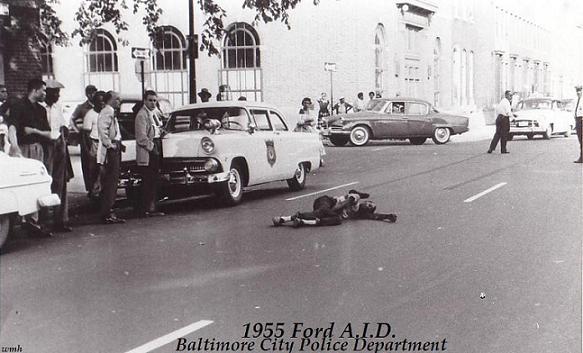
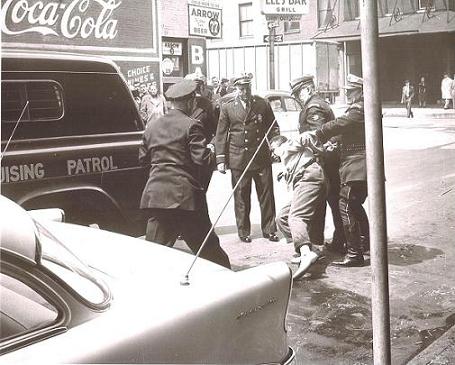
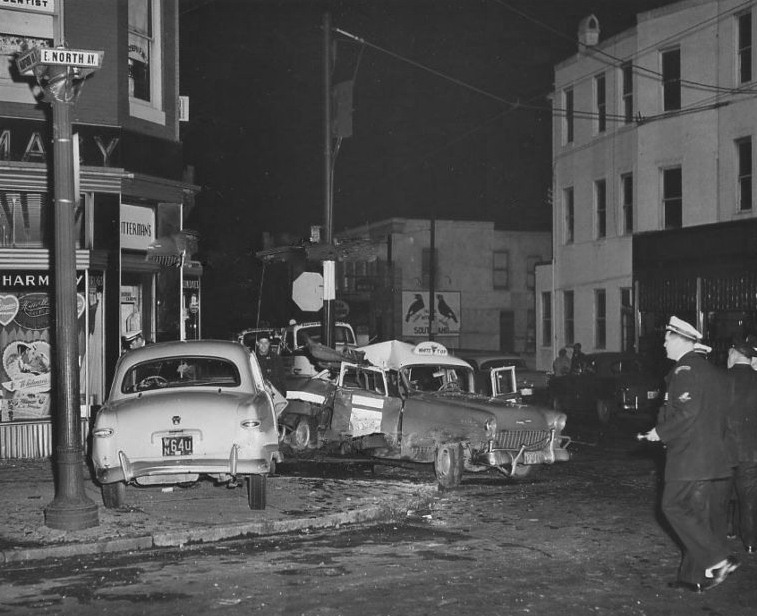

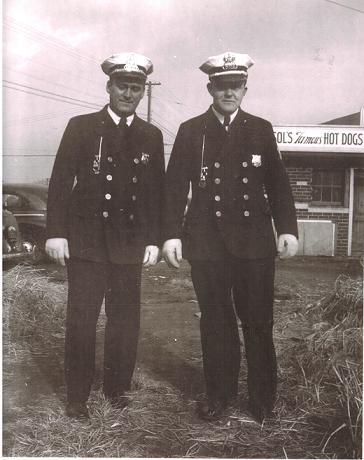
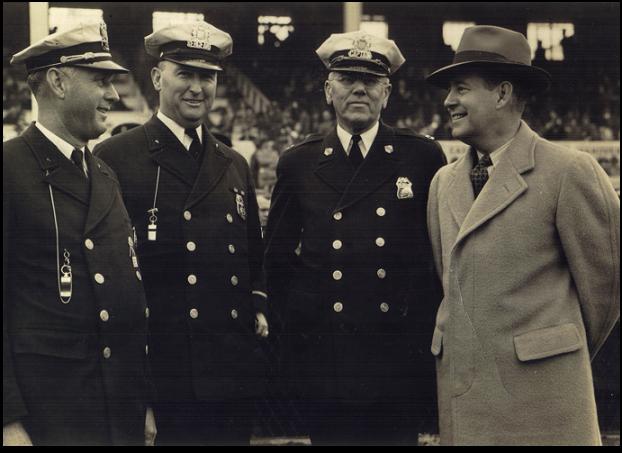

BALTIMORE POLICE PHOTO COURTESY SGT. ROBERT FISCHER
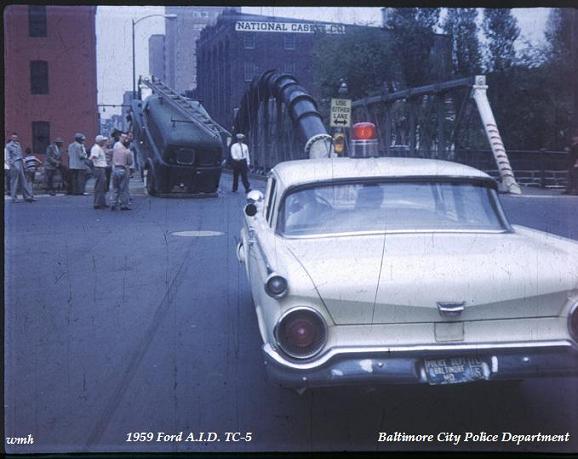 1959 Ford A.I.D. T/C 5
1959 Ford A.I.D. T/C 5

1959 Ford A.I.D. cars

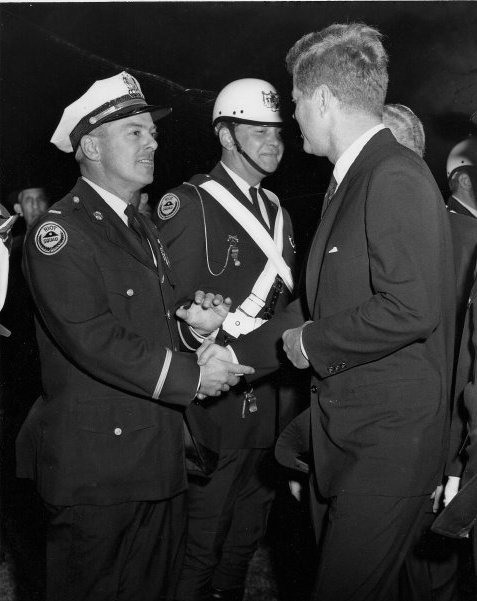 Officer Eugene Crane shaking hands with President John F. Kennedy
Officer Eugene Crane shaking hands with President John F. Kennedy

AGENT ROBERT DOUGLAS, BALTIMORE POLICE & FOP3 CHAPLAIN (LEFT)
OFFICER CHARLES FEASTER (RIGHT)
Both serving in the Community Services Section
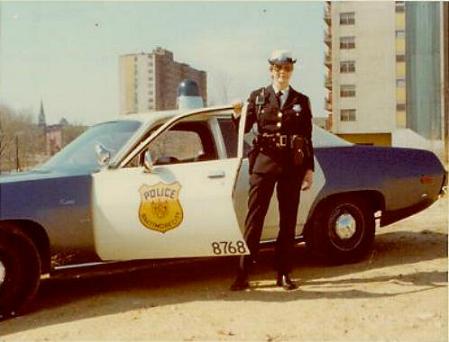 Police Officer Pat Kirby
Police Officer Pat Kirby
1973 Plymouth
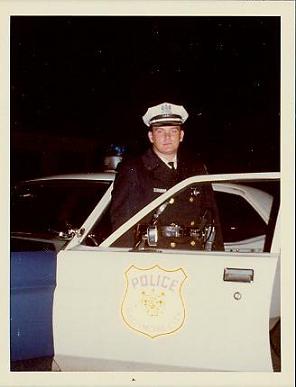
Police Officer Bob Crall
1973 Plymouth

1974 Plymouth
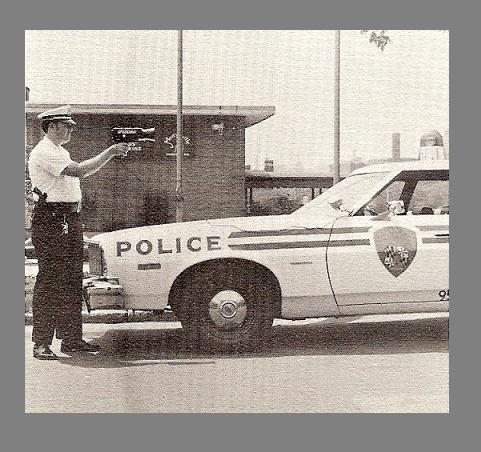
Officer Richard Freeman holding a radar gun working a traffic detail
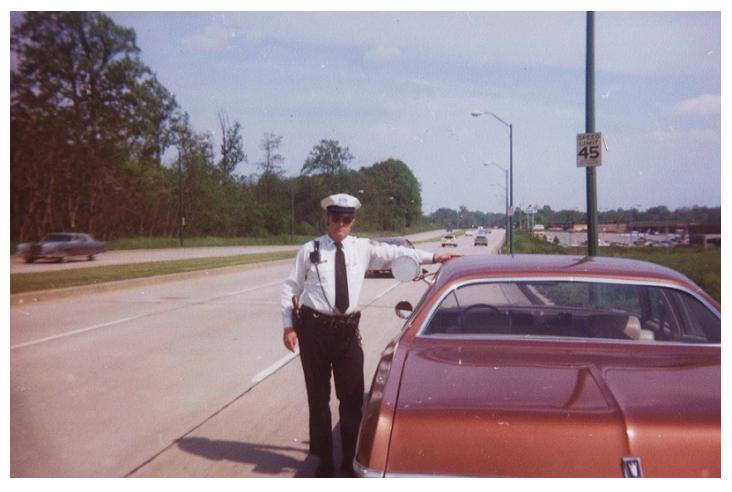
Sergeant George T. Owens working "RADAR" on Wabash Ave. at Northern Pkwy.


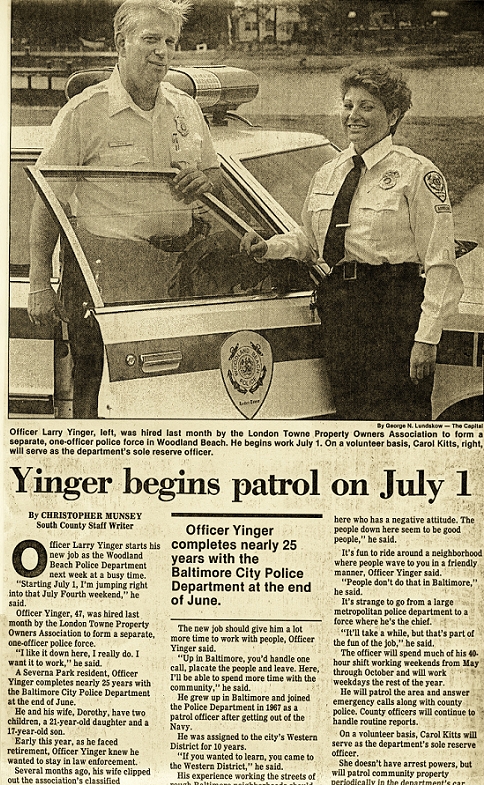
Photo courtesy Officer John Emrick
Officer Larry Yinger served TIS for many years and finally left after 24 1/2 years.
He was the Chief of Woodland Beach PD for about 5 years and now he is an Anne Arundel County Deputy Sheriff
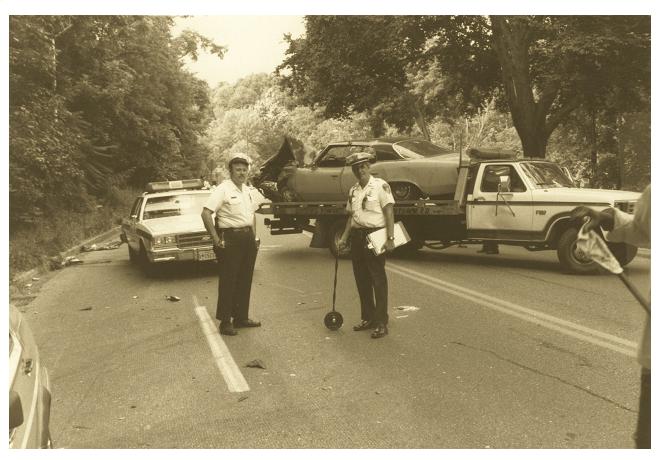
Photo courtesy Officer John Emrick
Sergeant Paul Blair and Officer John Emrick investigating an accident
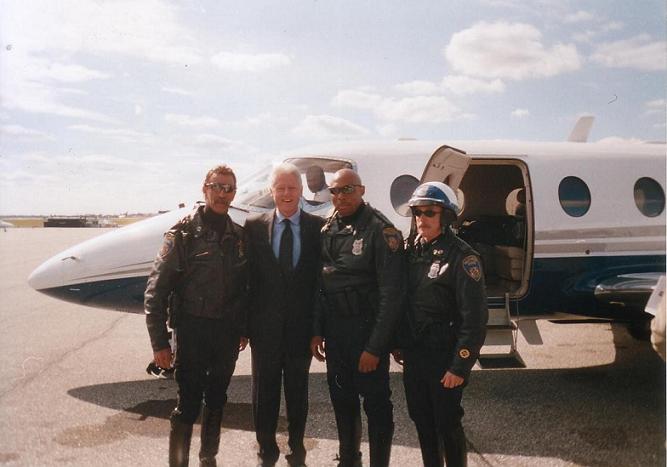
Left to right Officer Brian Curran, President William Clinton, Officer Bravett Bull and Eric Dawson.

COURTESY OFFICER TONY PETRALIA
Officer Norm Stamp addressing traffic roll call. Norman started sometime in 1965 or sooner.

POLICE INFORMATION
Copies of: Your Baltimore Police Department Class Photo, Pictures of our Officers, Vehicles, Equipment, Newspaper Articles relating to our department and or officers, Old Departmental Newsletters, Lookouts, Wanted Posters, and or Brochures. Information on Deceased Officers and anything that may help Preserve the History and Proud Traditions of this agency. Please contact Retired Detective Kenny Driscoll. This email address is being protected from spambots. You need JavaScript enabled to view it. email address is being protected from spambots. You need JavaScript enabled to view it.

NOTICE
How to Dispose of Old Police Items
If you come into possession of Police items from an Estate or Death of a Police Officer Family Member and do not know how to properly dispose of these items please contact: Retired Detective Ken Driscoll - Please dispose of POLICE Items: Badges, Guns, Uniforms, Documents, PROPERLY so they won’t be used IMPROPERLY.
Copyright © 2002 Baltimore City Police History - Ret Det Kenny Driscoll

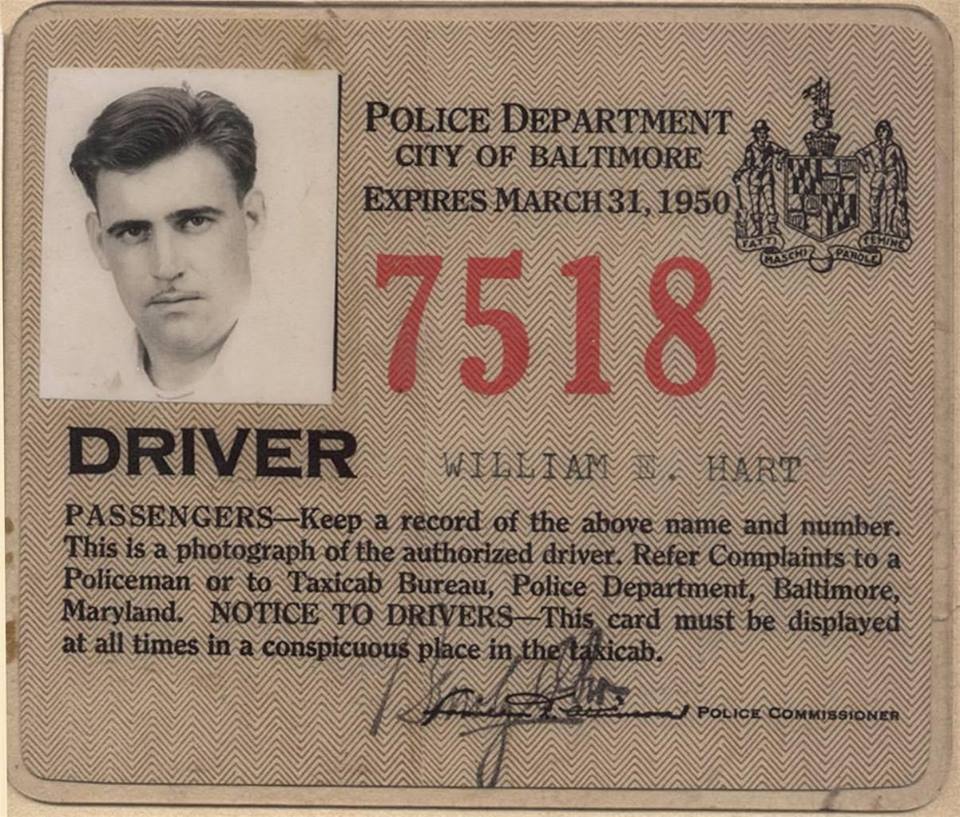
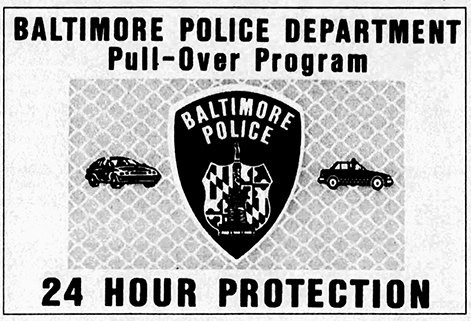
 1975 - 19 September 1975 - the department in cooperation with the State's Attorney's Office and various taxicab companies became part of the "Civilian Radio Taxi Patrol" in an effort to increase police service to the citizens of Baltimore. If, while on duty, a cab driver, whose vehicle is identified by a "Civilian Radio Taxi Patrol" shield on the right and left rear-quarter panels, obaerve1 anything demanding immediate police attention, he notifies his dispatcher, who in turn calls the Communication Division via a special Hotline. This program is another example of the department's efforts to involve the citizens of Baltimore in a united fight against crime.
1975 - 19 September 1975 - the department in cooperation with the State's Attorney's Office and various taxicab companies became part of the "Civilian Radio Taxi Patrol" in an effort to increase police service to the citizens of Baltimore. If, while on duty, a cab driver, whose vehicle is identified by a "Civilian Radio Taxi Patrol" shield on the right and left rear-quarter panels, obaerve1 anything demanding immediate police attention, he notifies his dispatcher, who in turn calls the Communication Division via a special Hotline. This program is another example of the department's efforts to involve the citizens of Baltimore in a united fight against crime. 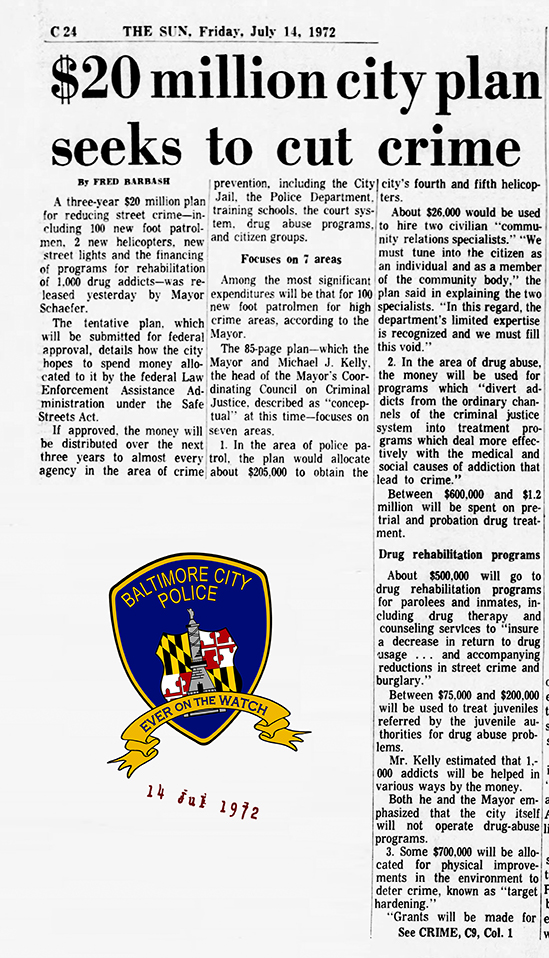 If the article is too small to read, click it to open a full size article
If the article is too small to read, click it to open a full size article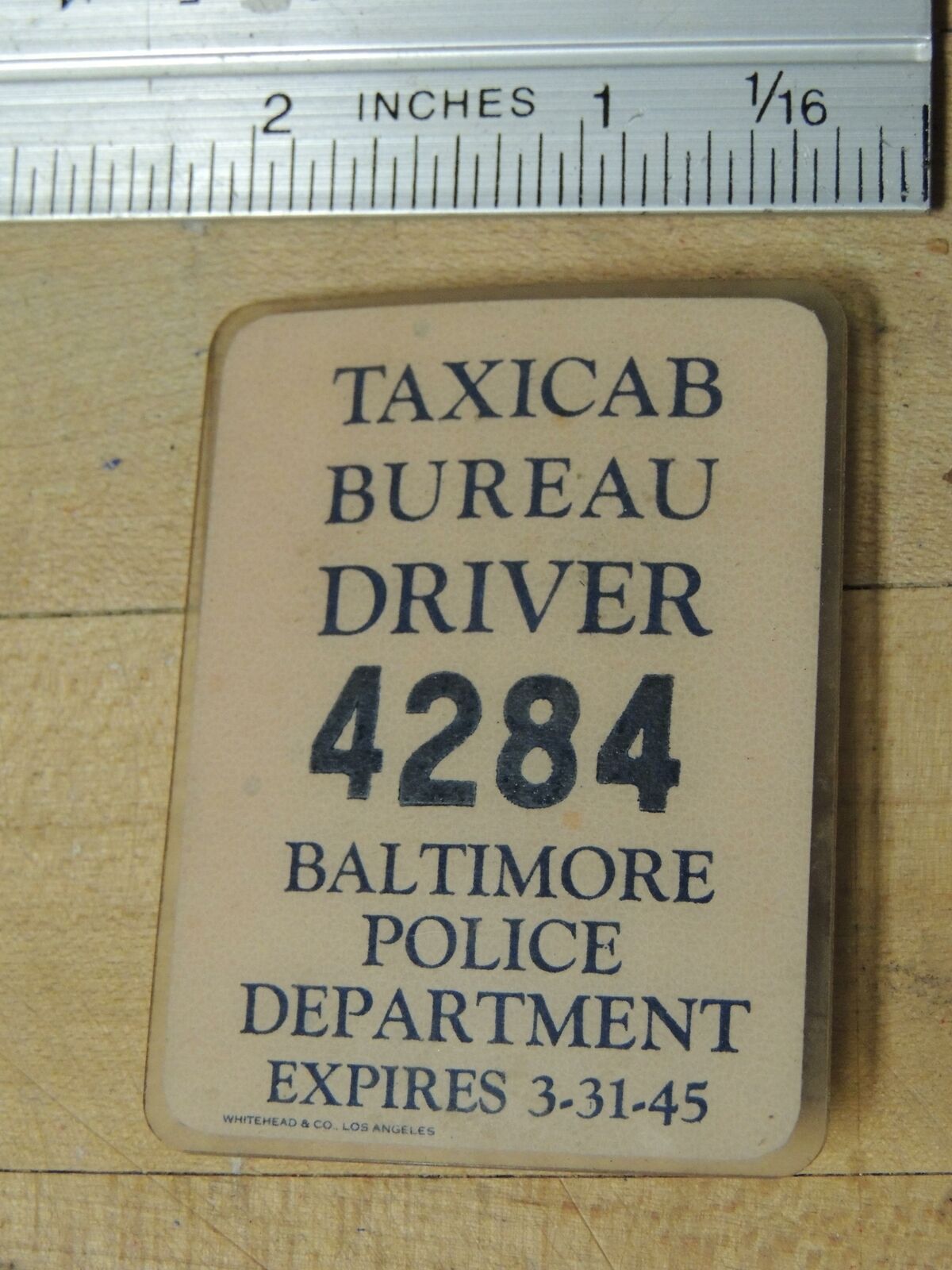
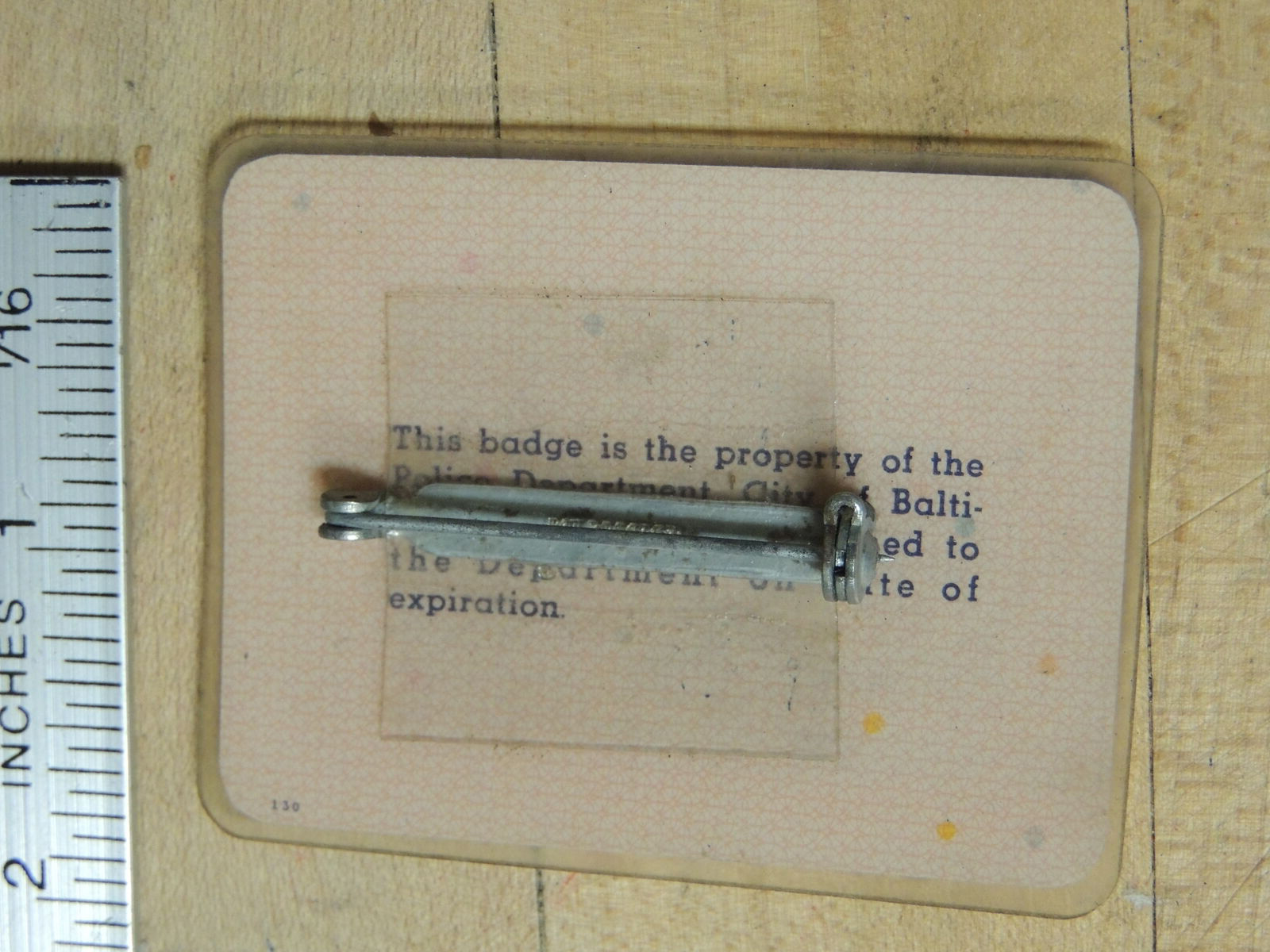
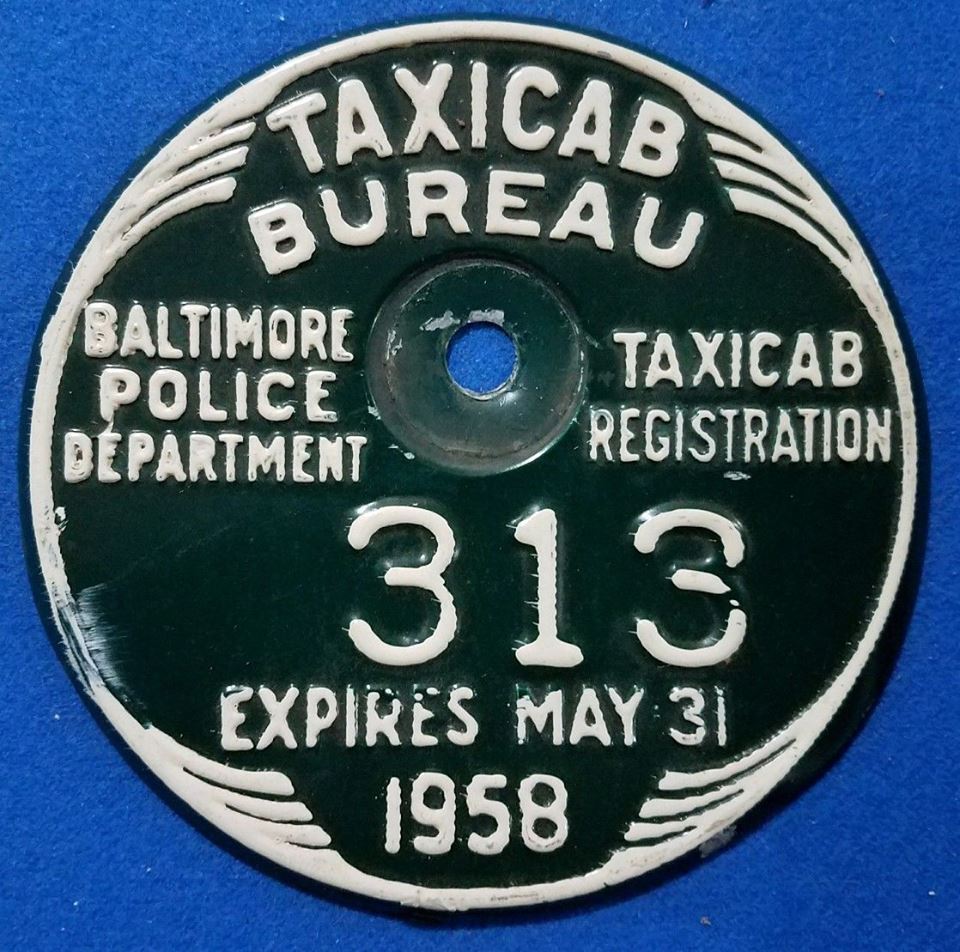
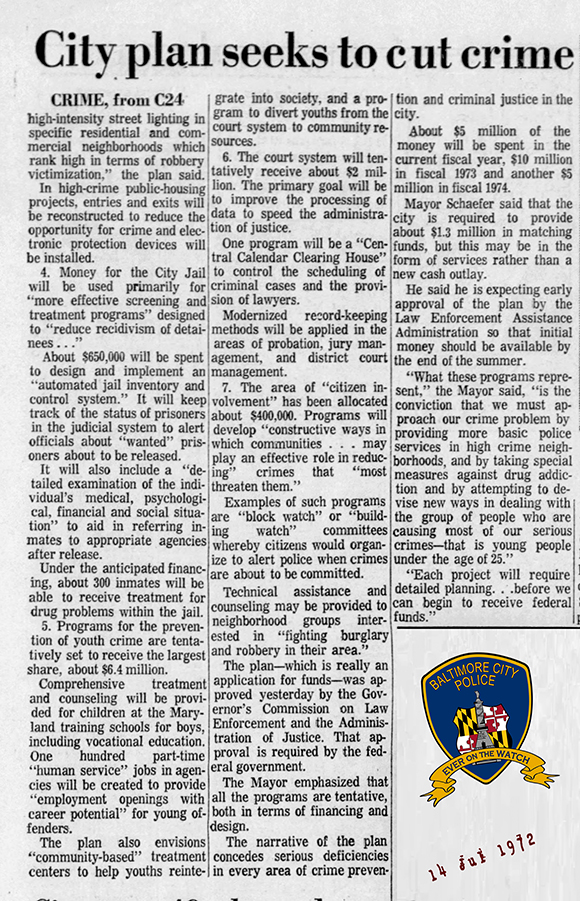 If the article is too small to read, click it to open a full size article
If the article is too small to read, click it to open a full size article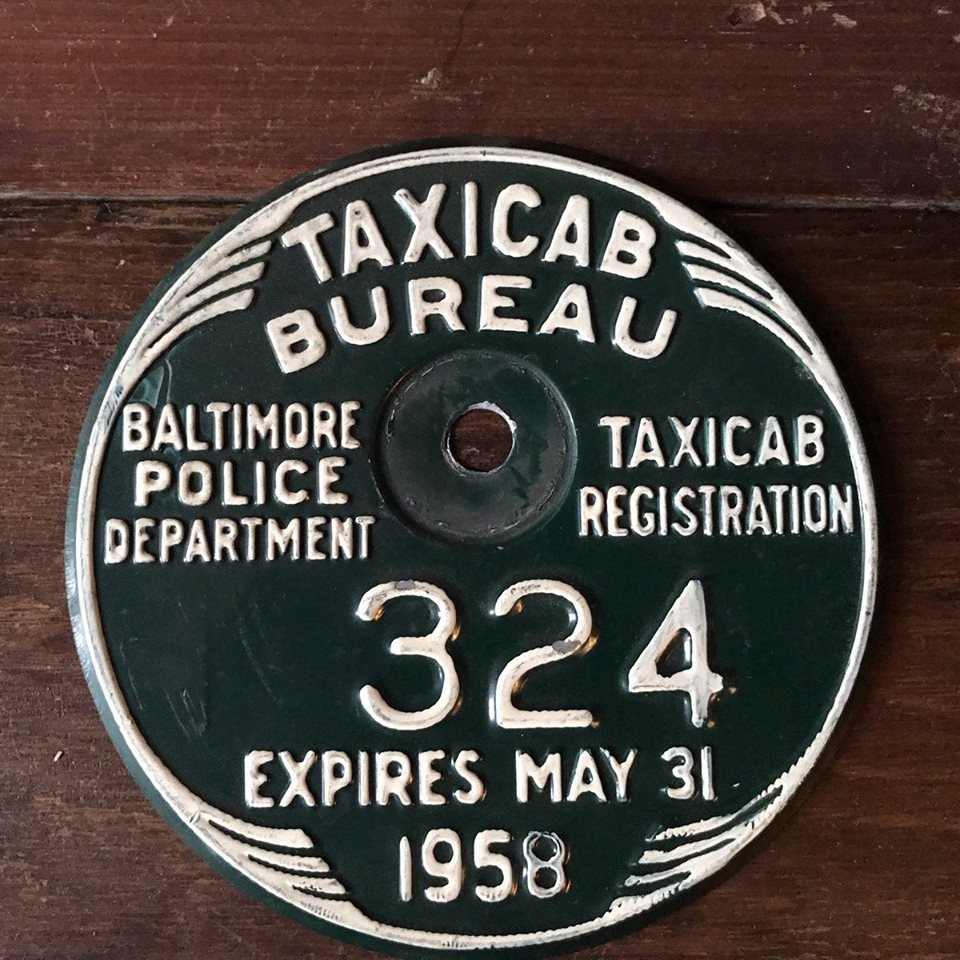
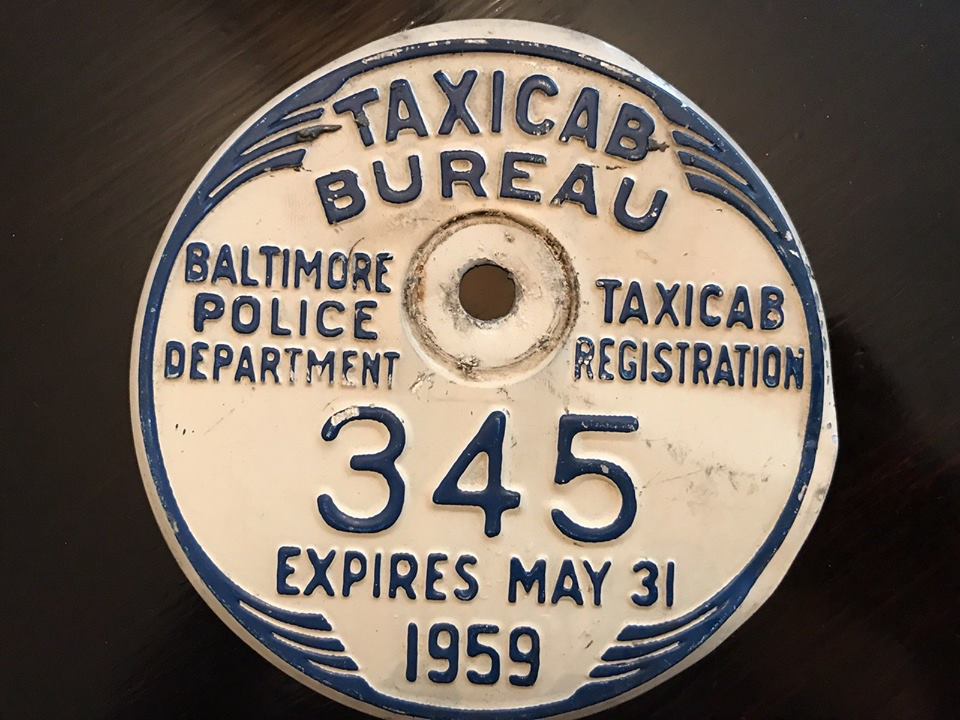
 If the article is too small to read, click it to open a full size article
If the article is too small to read, click it to open a full size article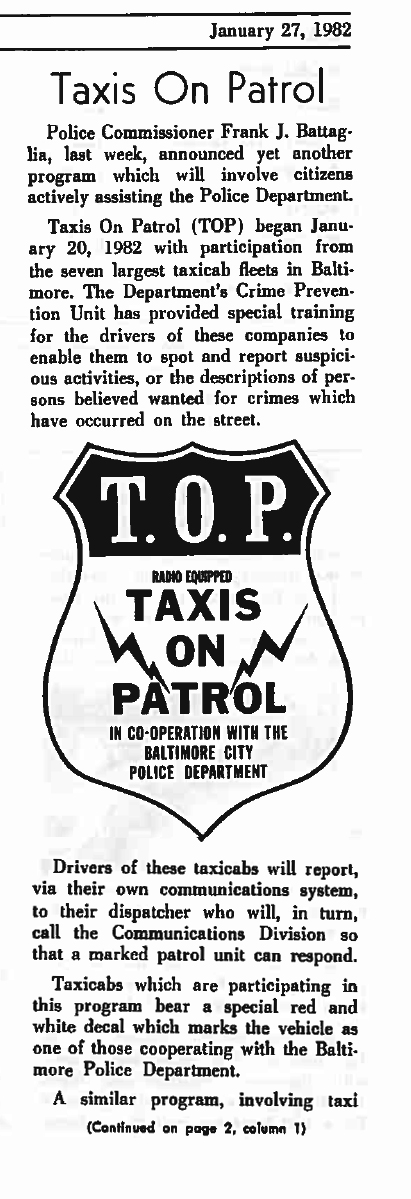

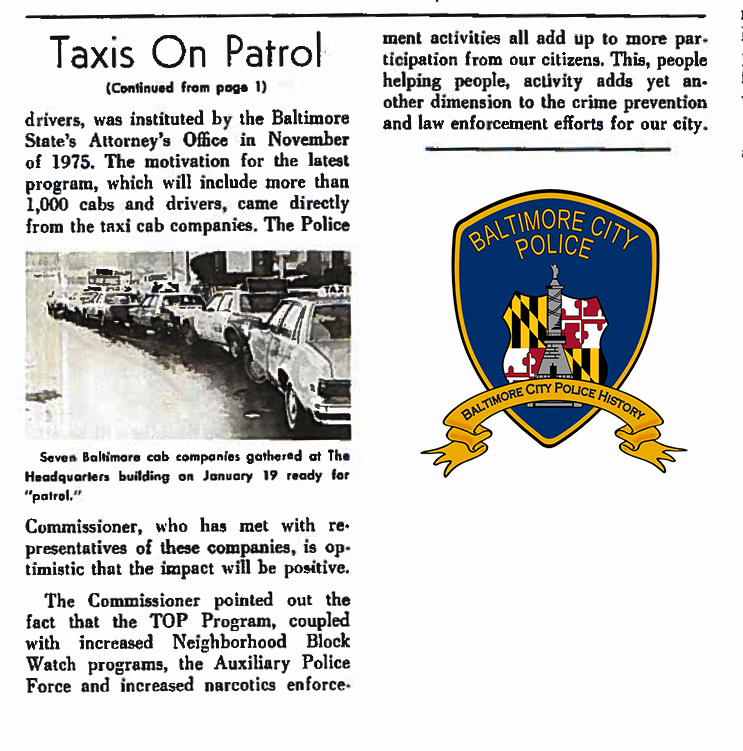
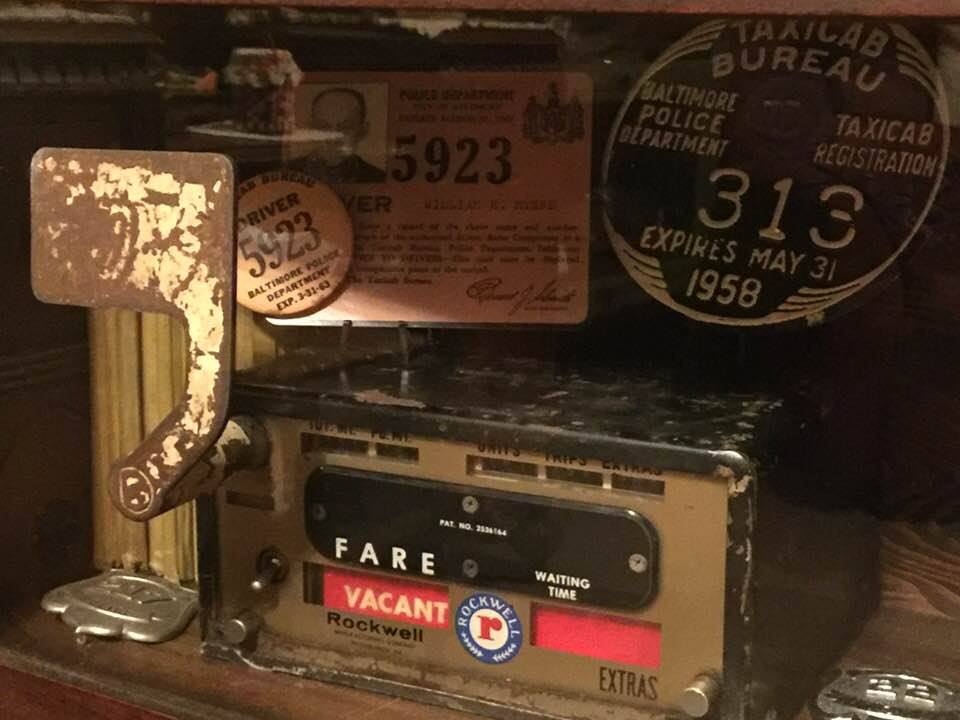

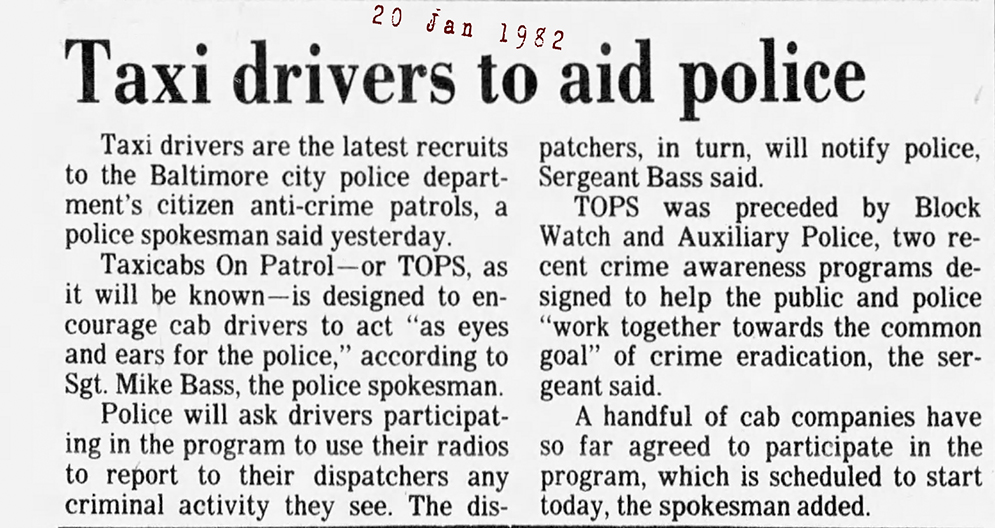 If the article is too small to read, click it to open a full size article
If the article is too small to read, click it to open a full size article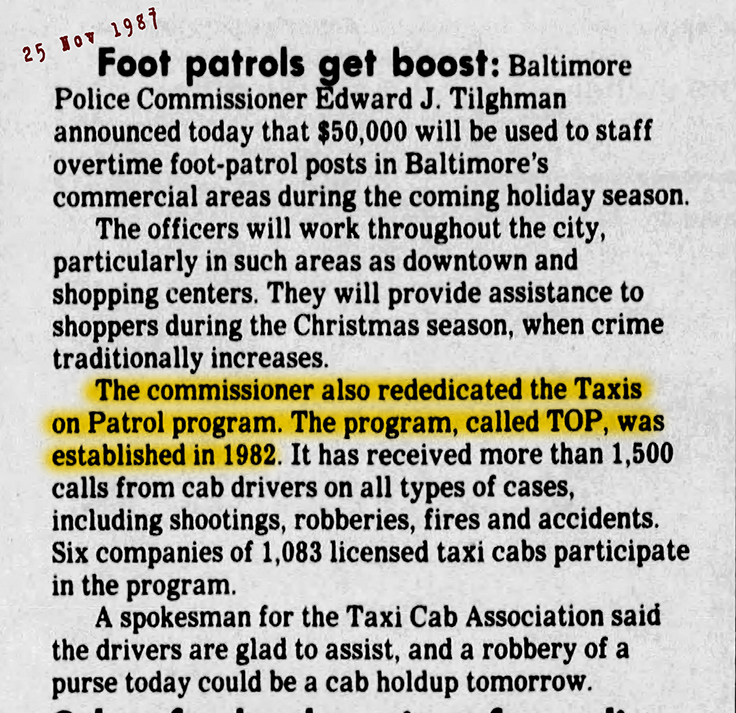 If the article is too small to read, click it to open a full size article
If the article is too small to read, click it to open a full size article


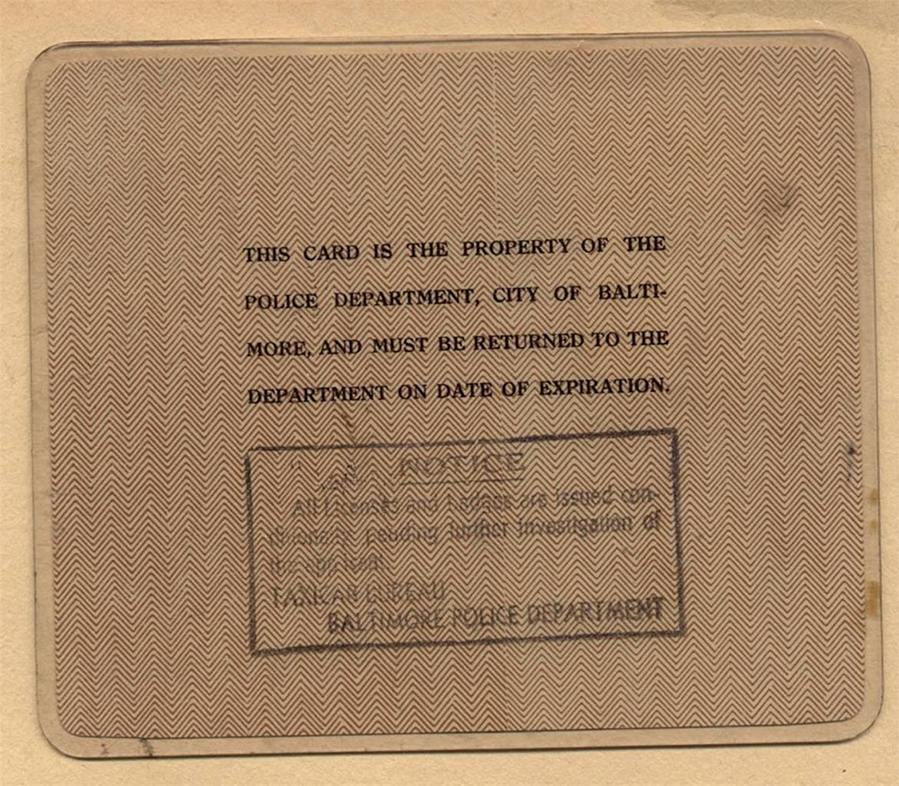
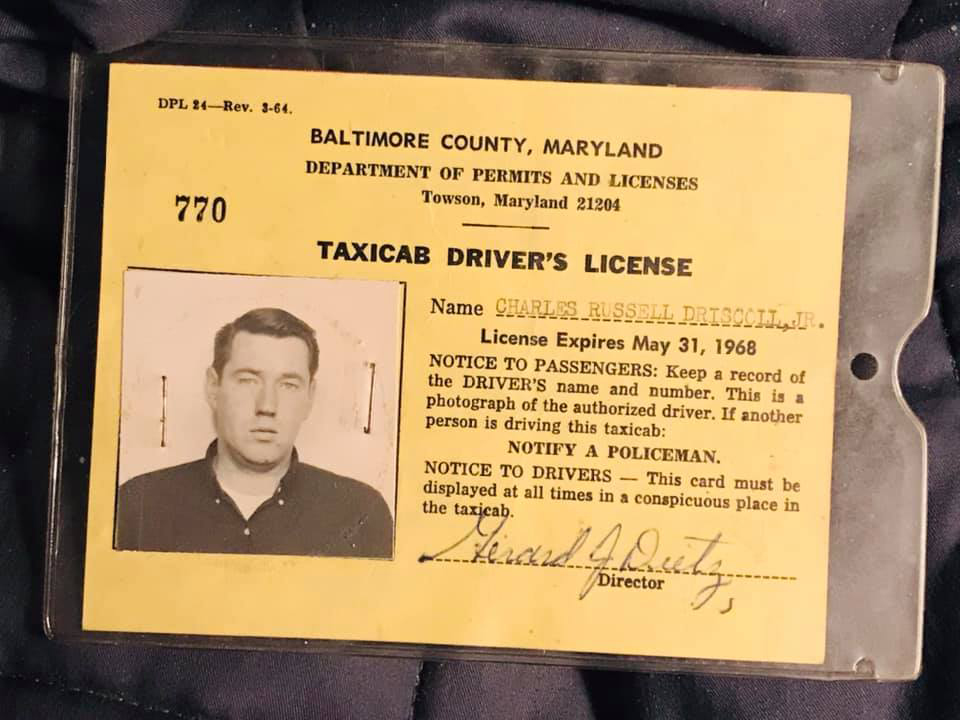
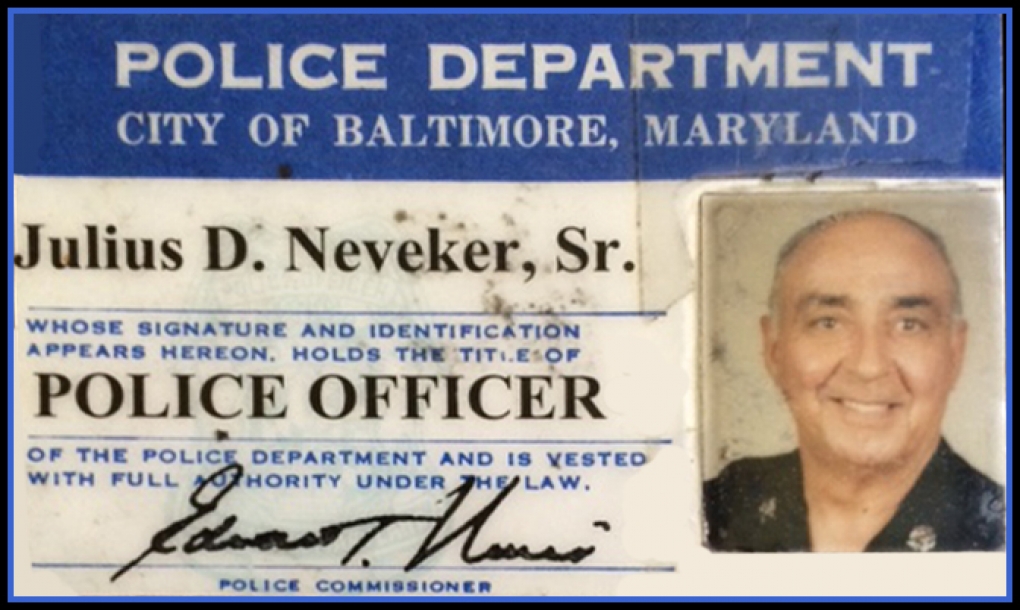

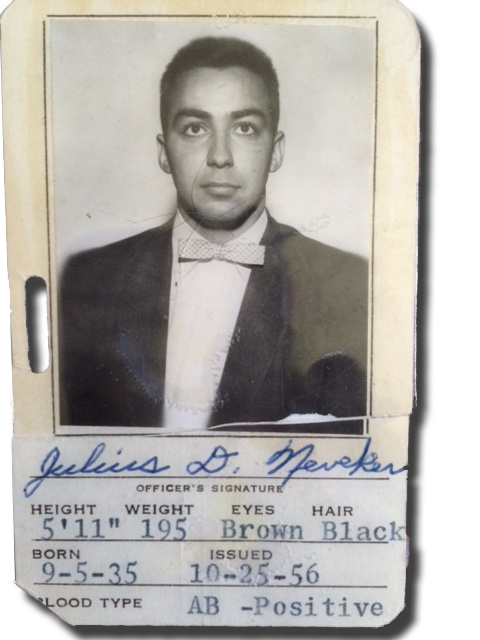
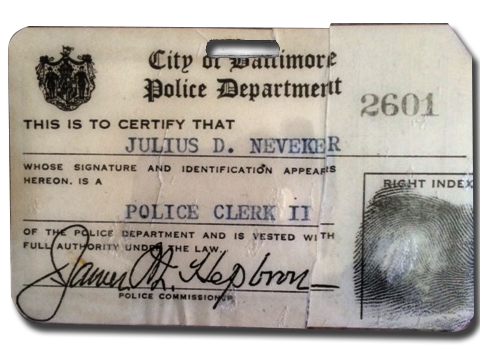

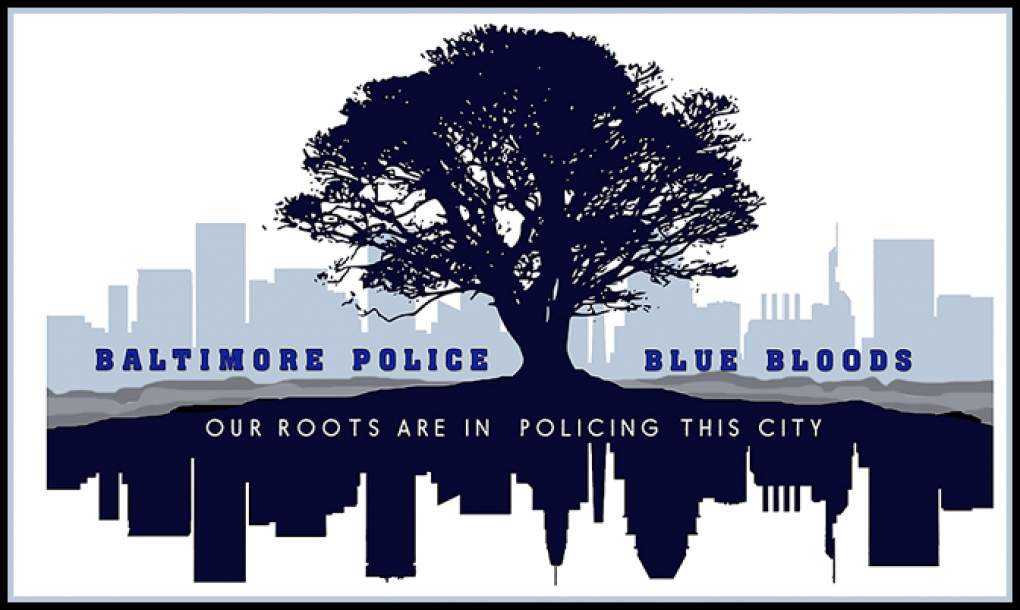
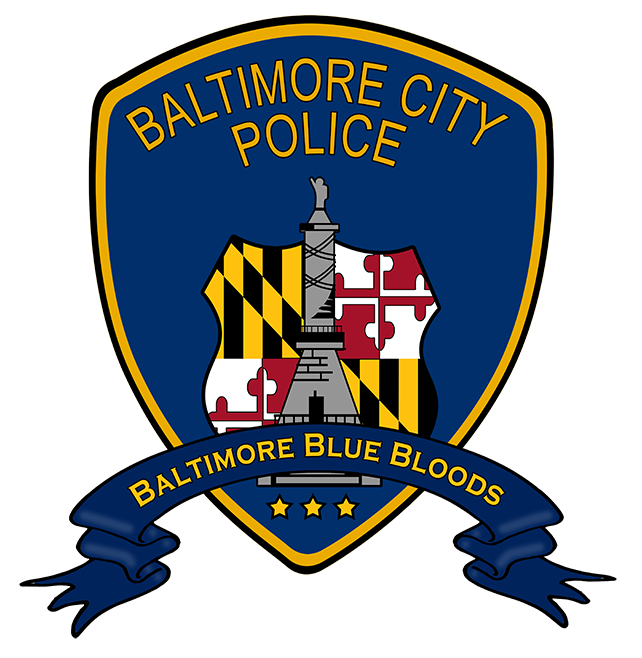
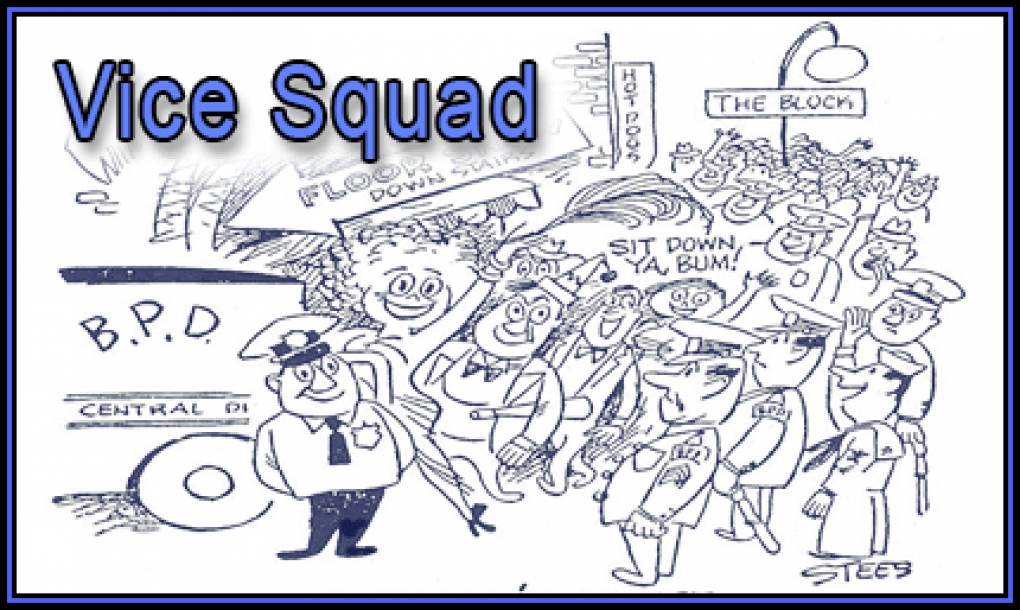
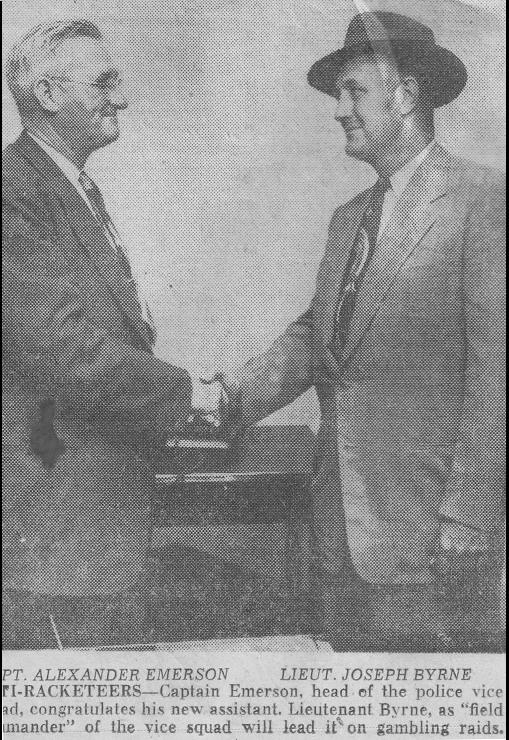 Photo courtesy Patrick J Byrne
Photo courtesy Patrick J Byrne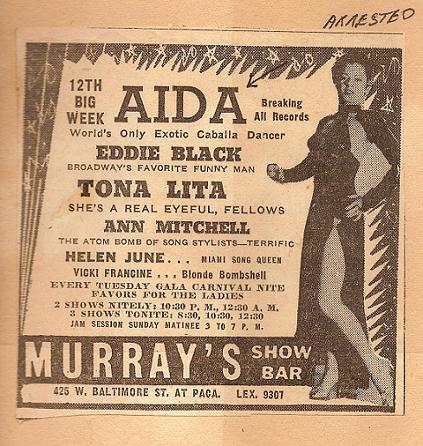
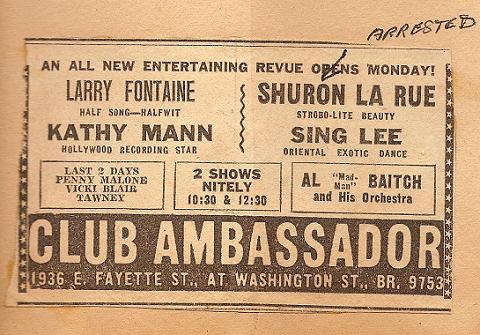



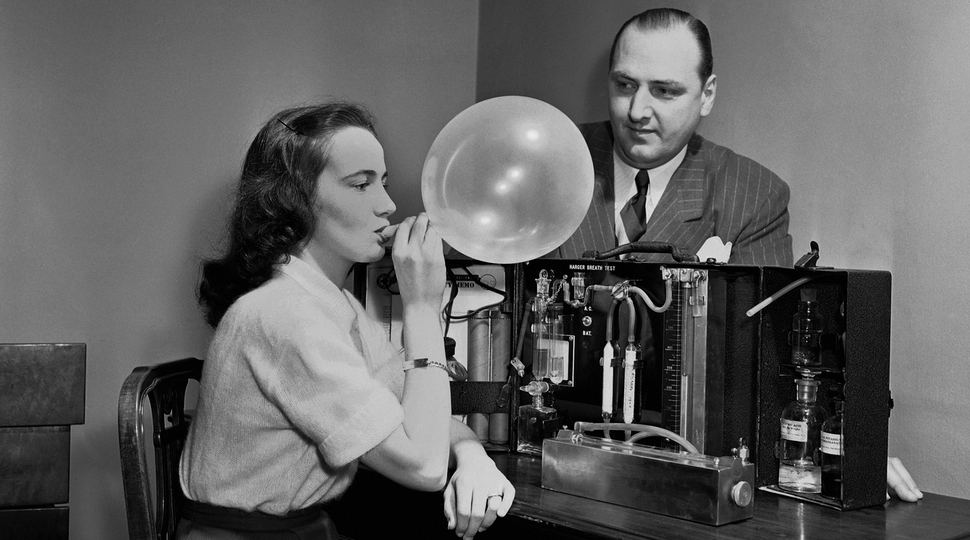
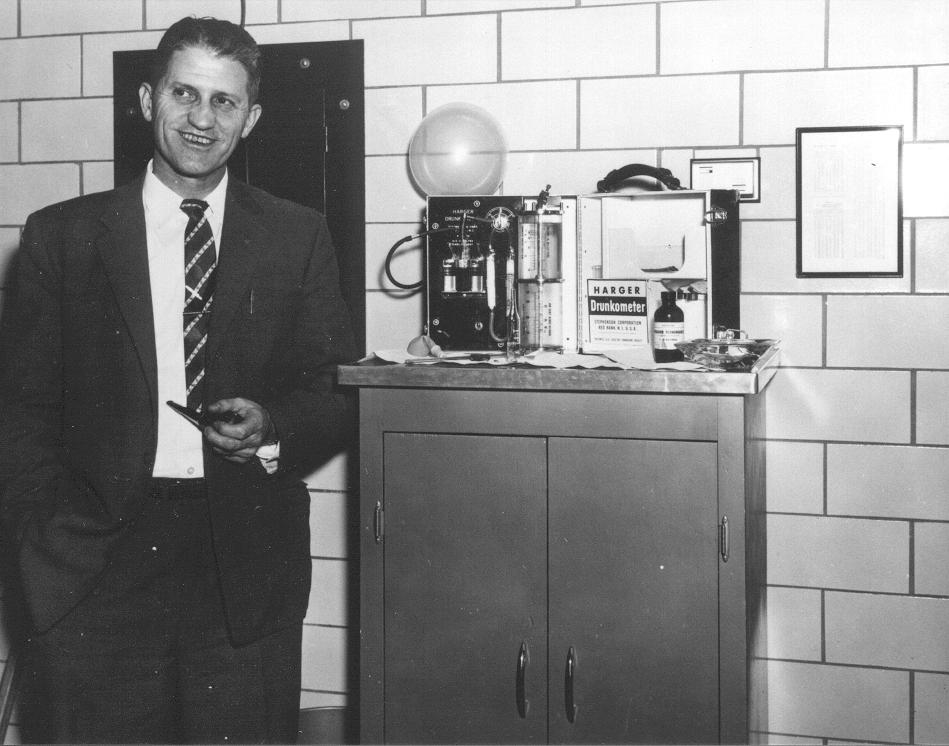
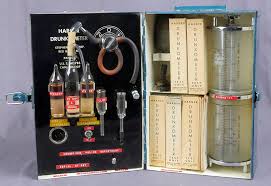
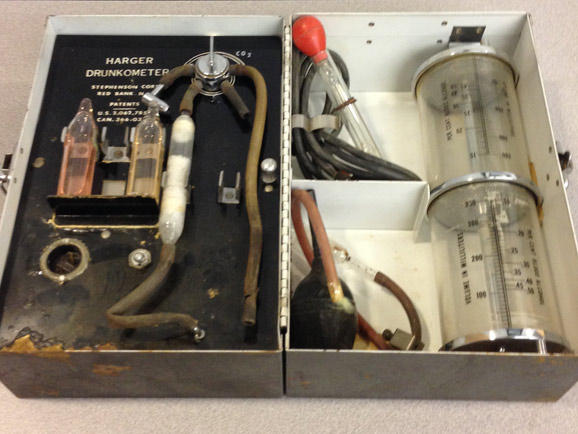
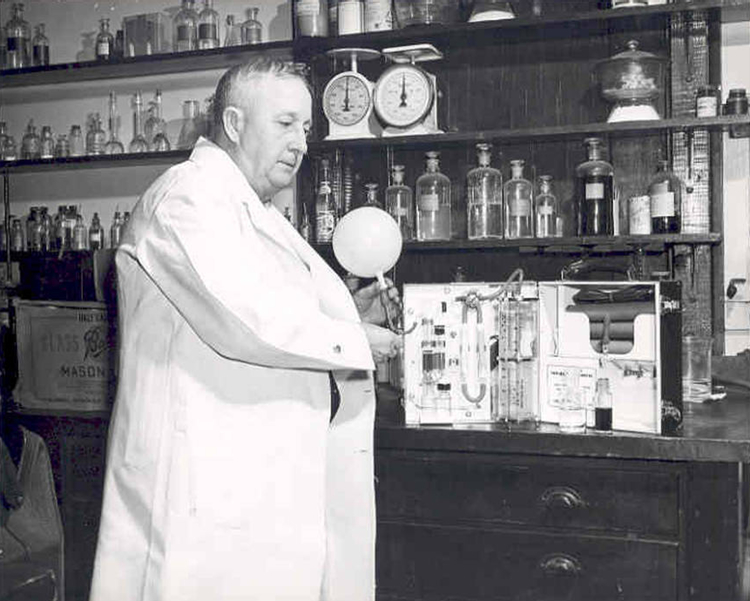
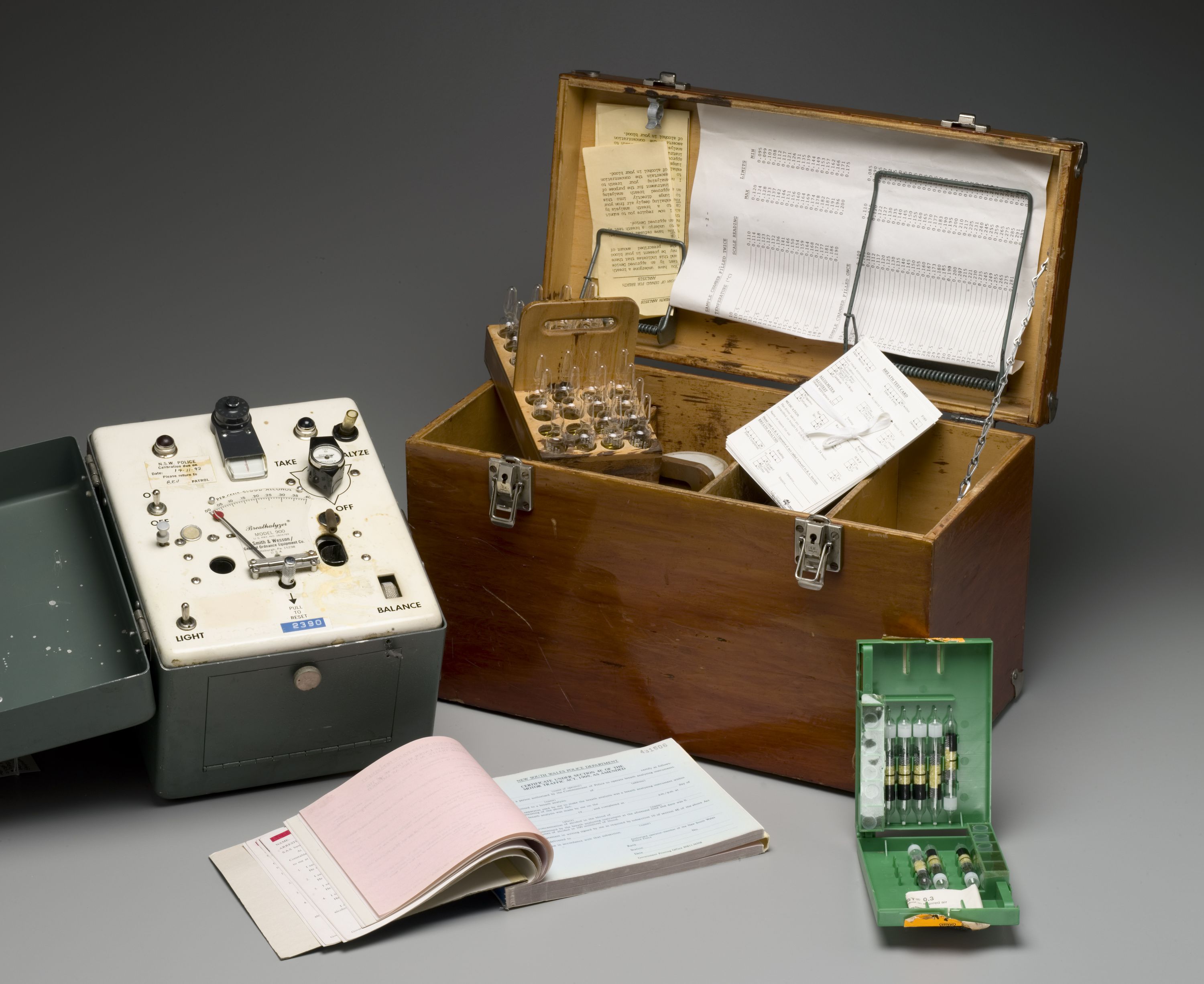

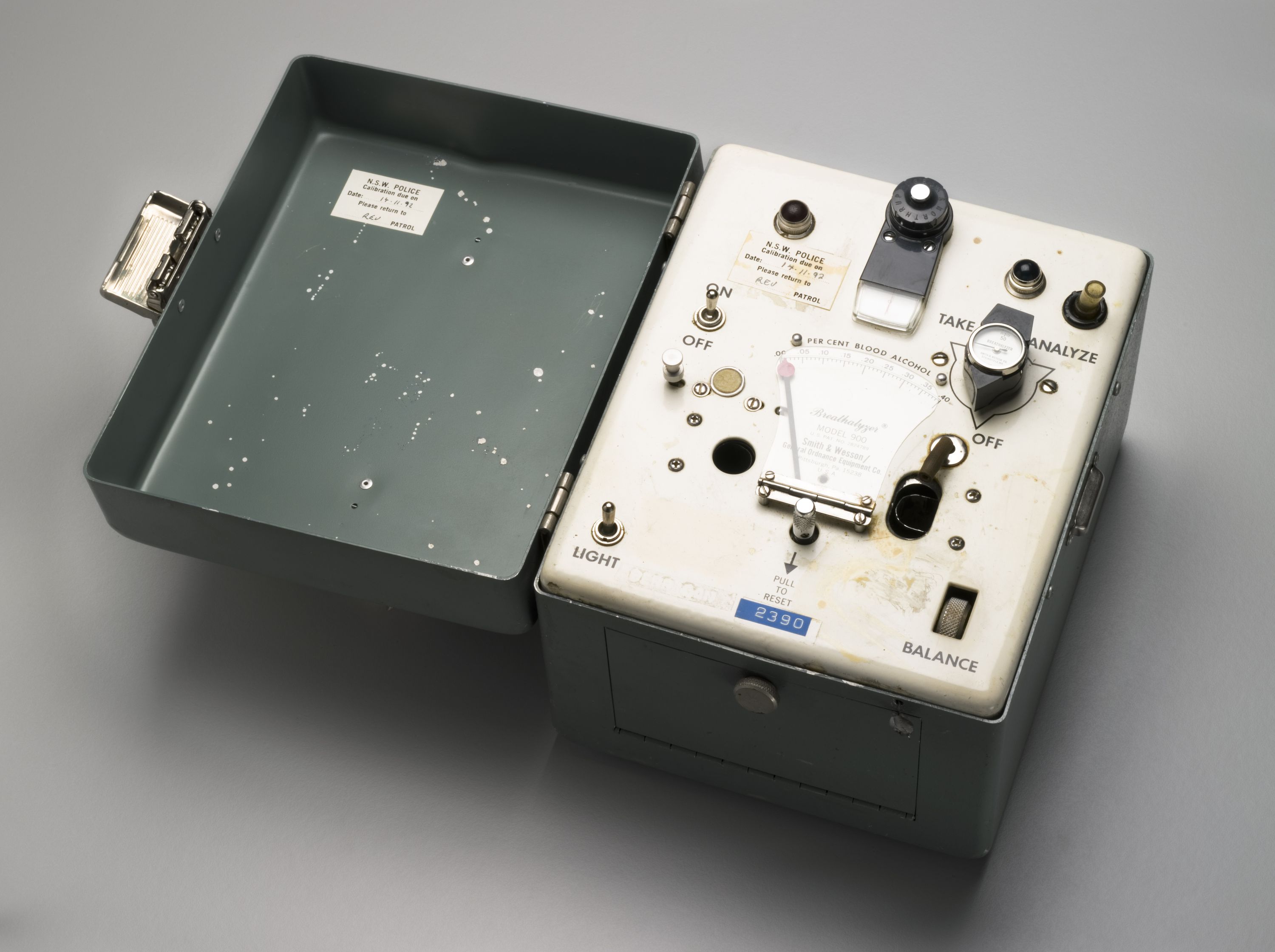




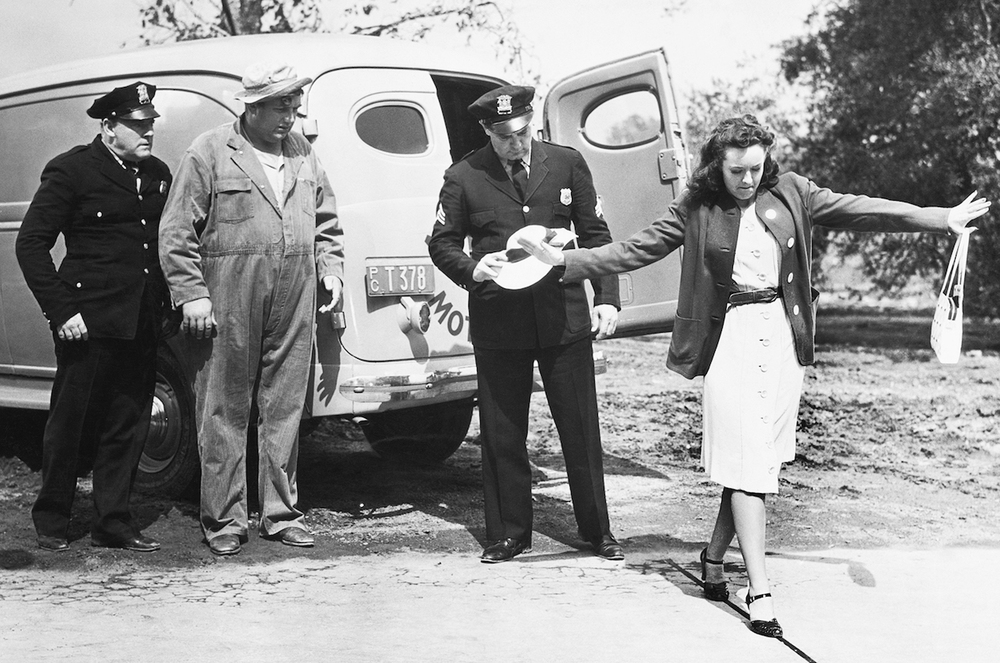
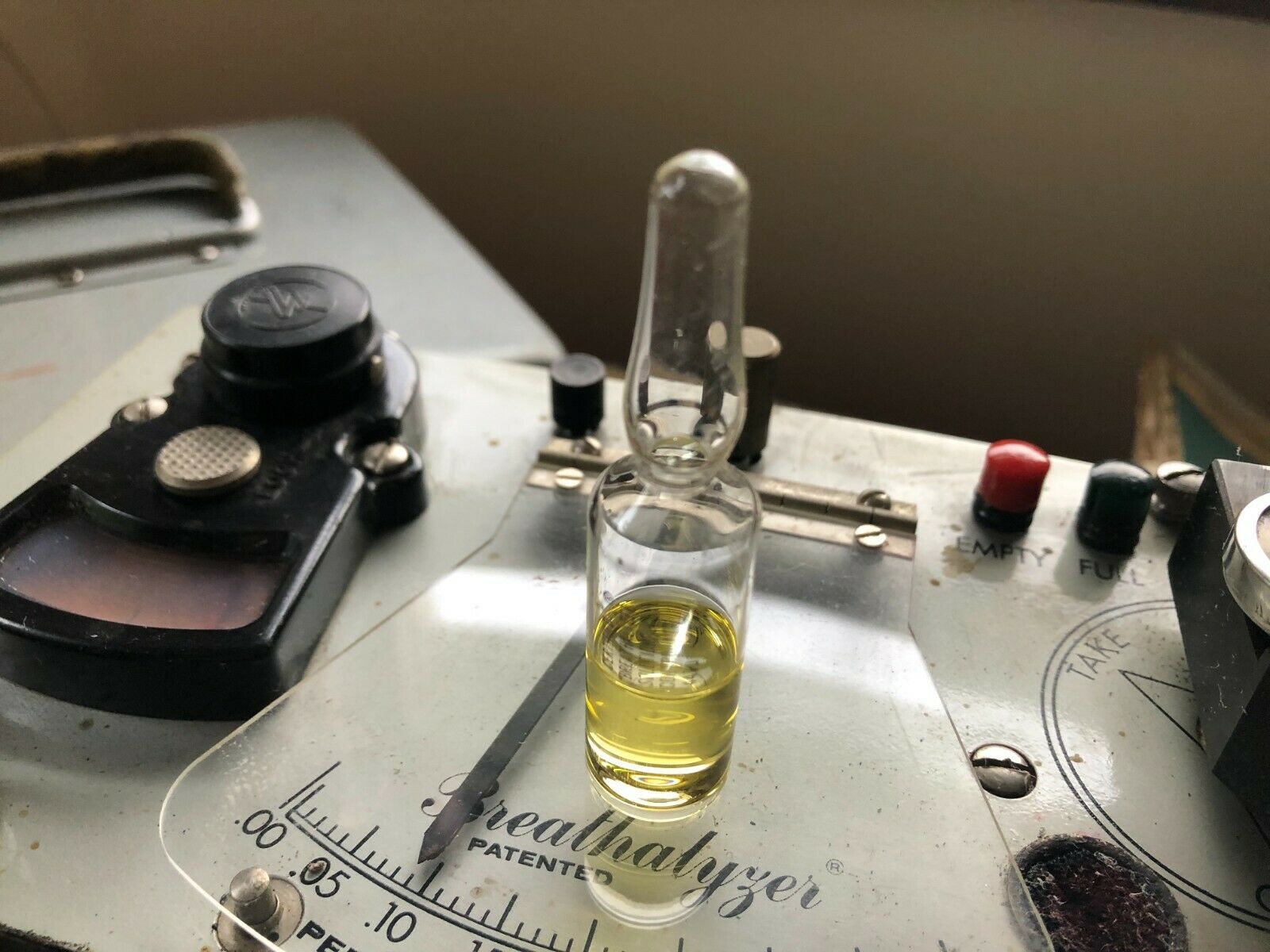
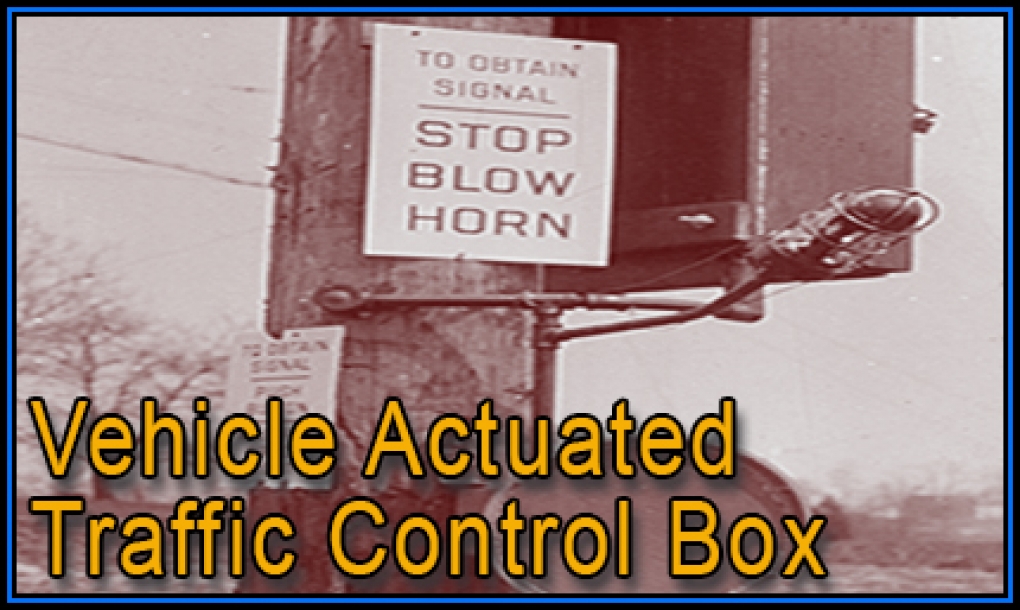
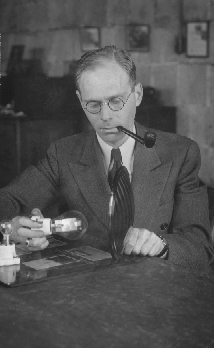


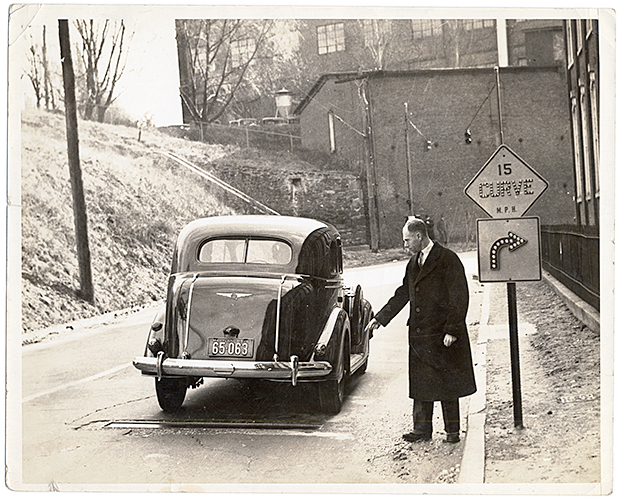
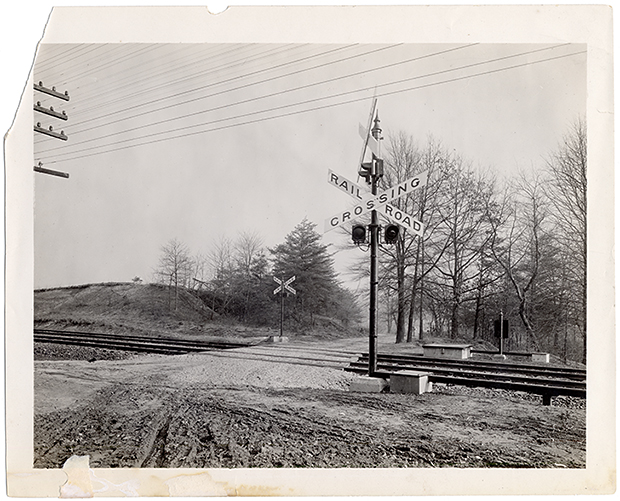
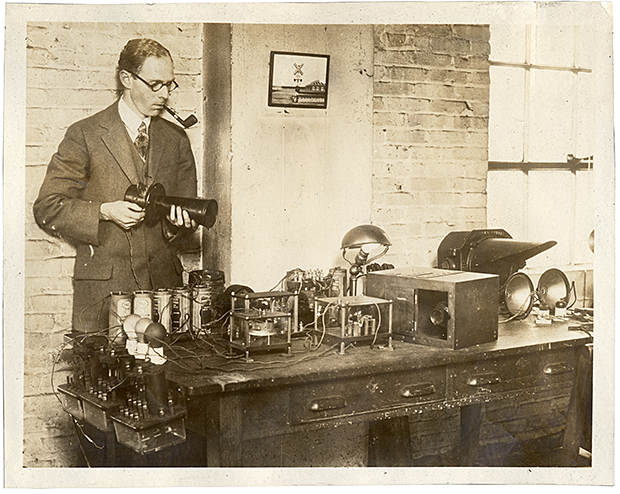
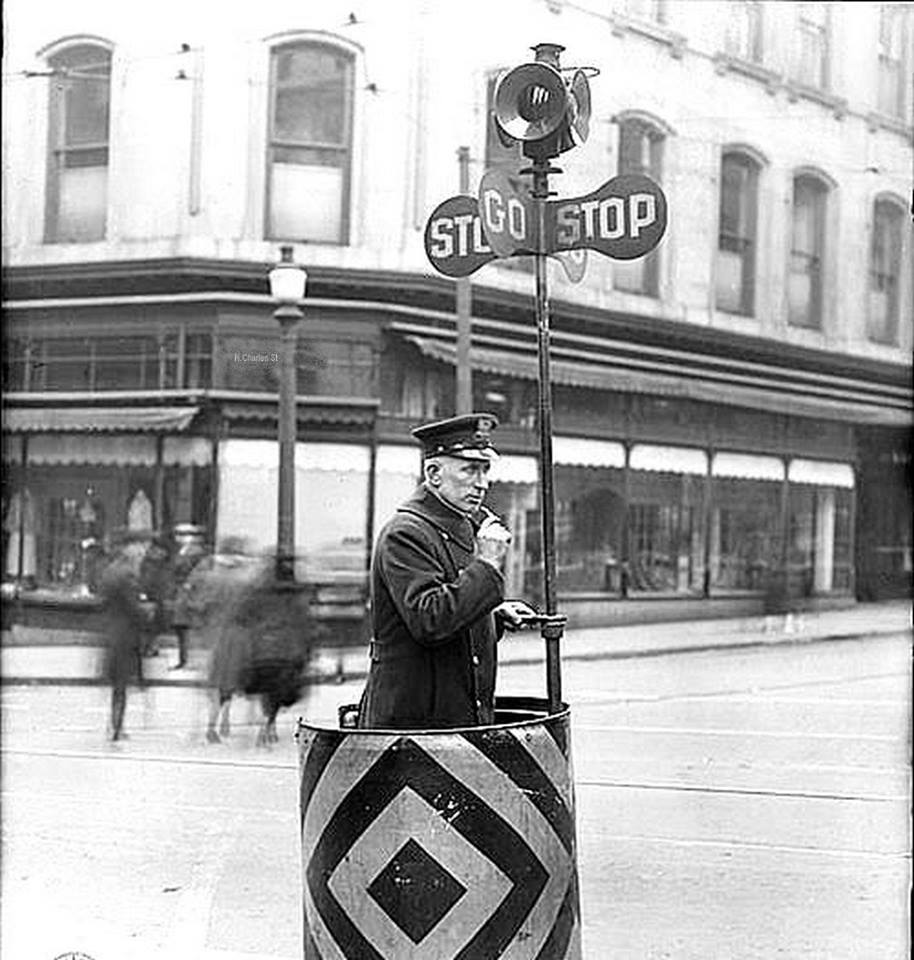
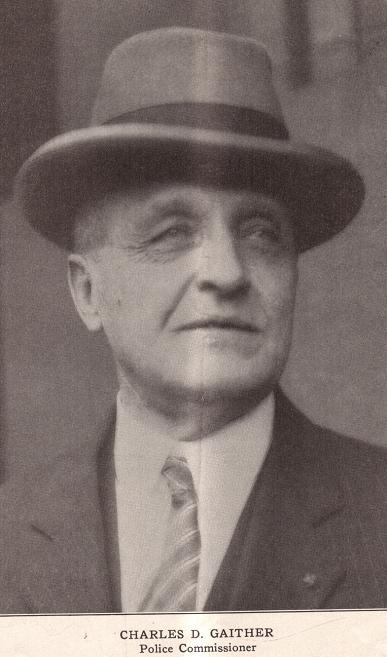
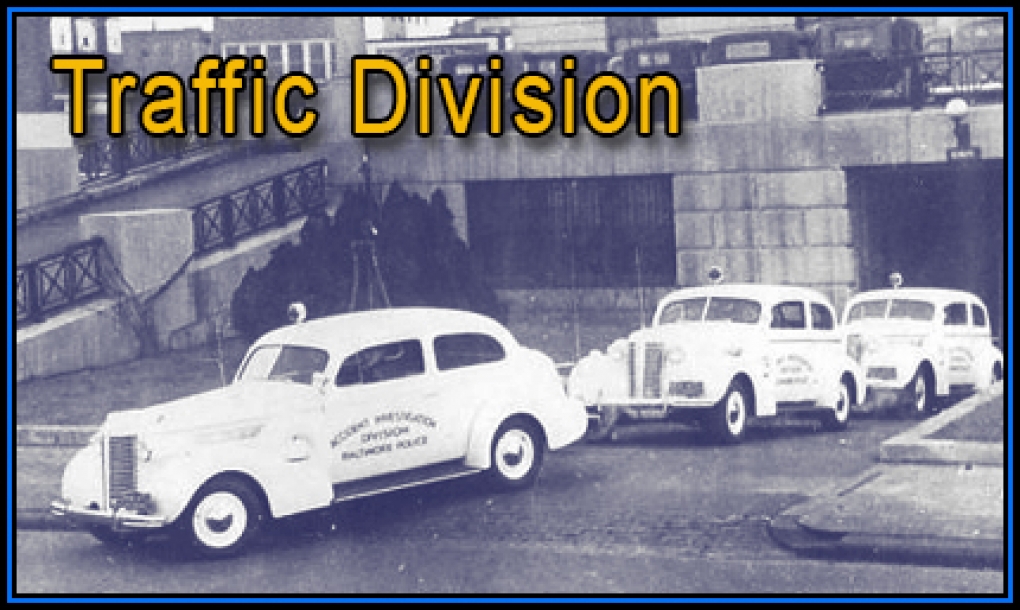












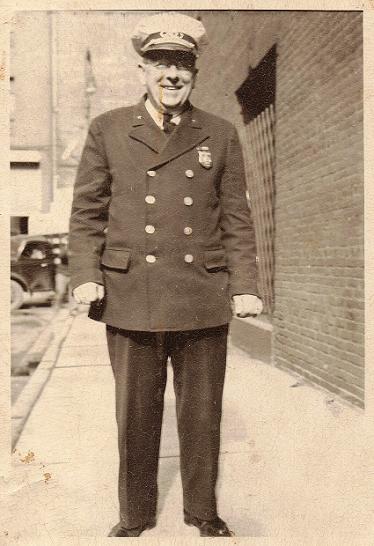
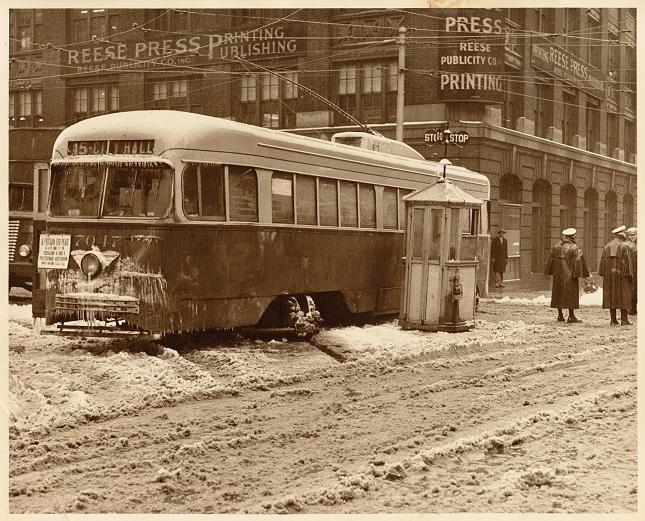
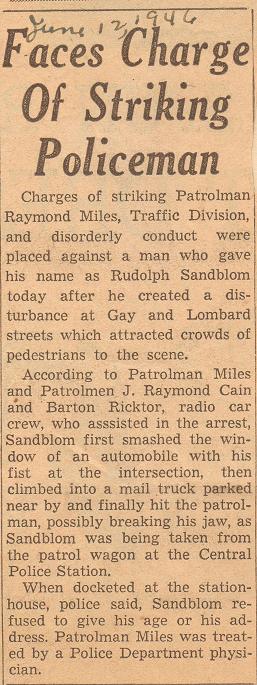
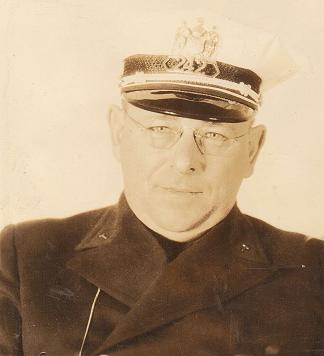
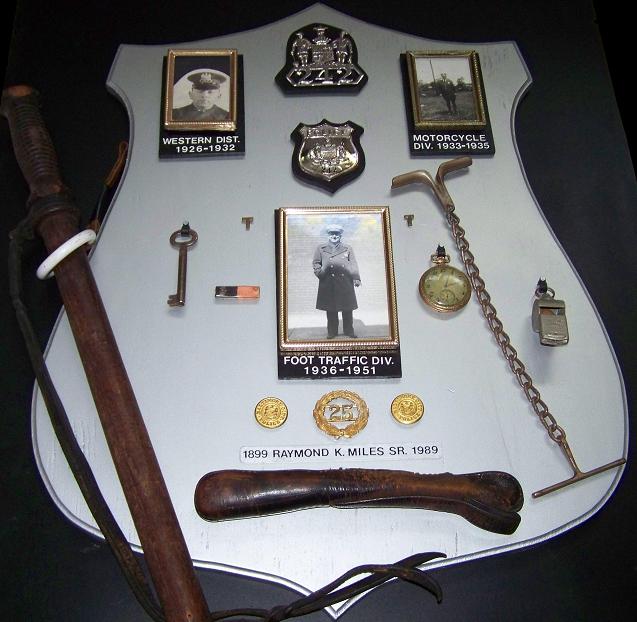






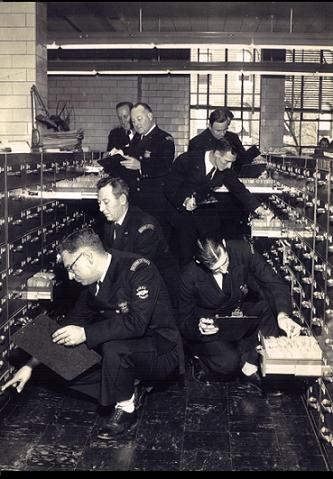

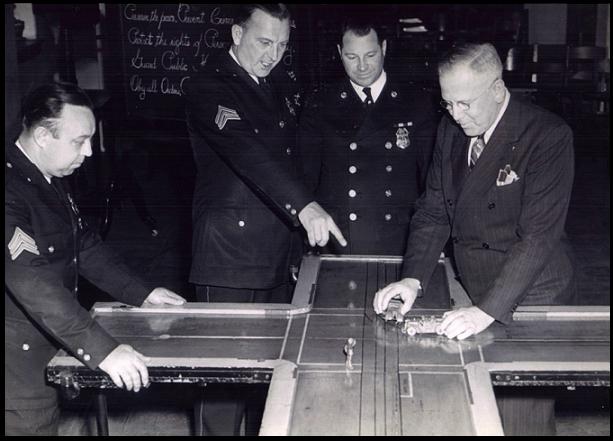



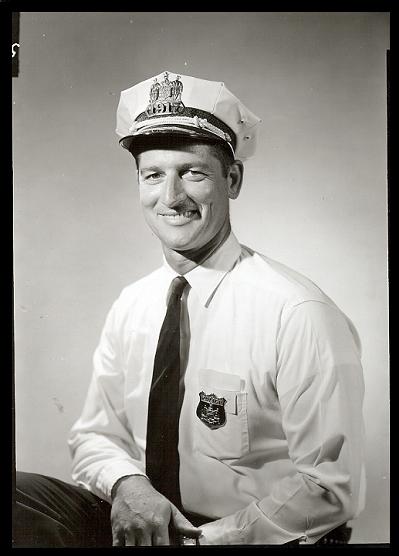









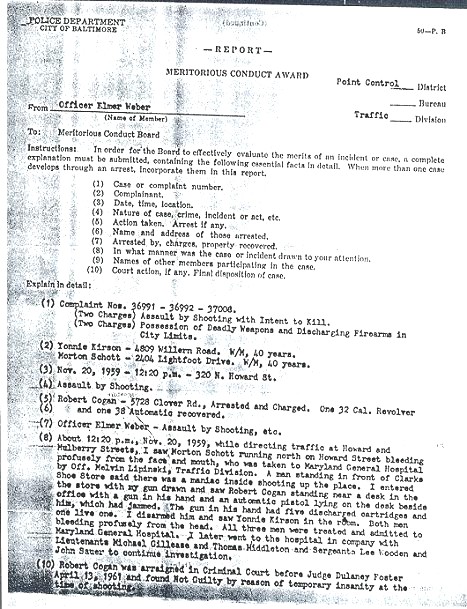


























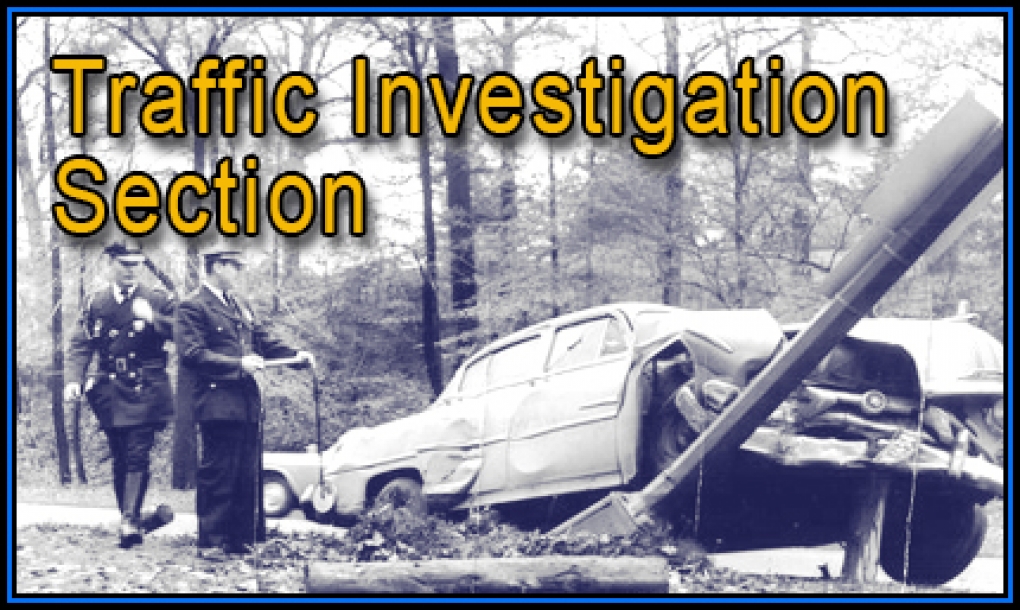
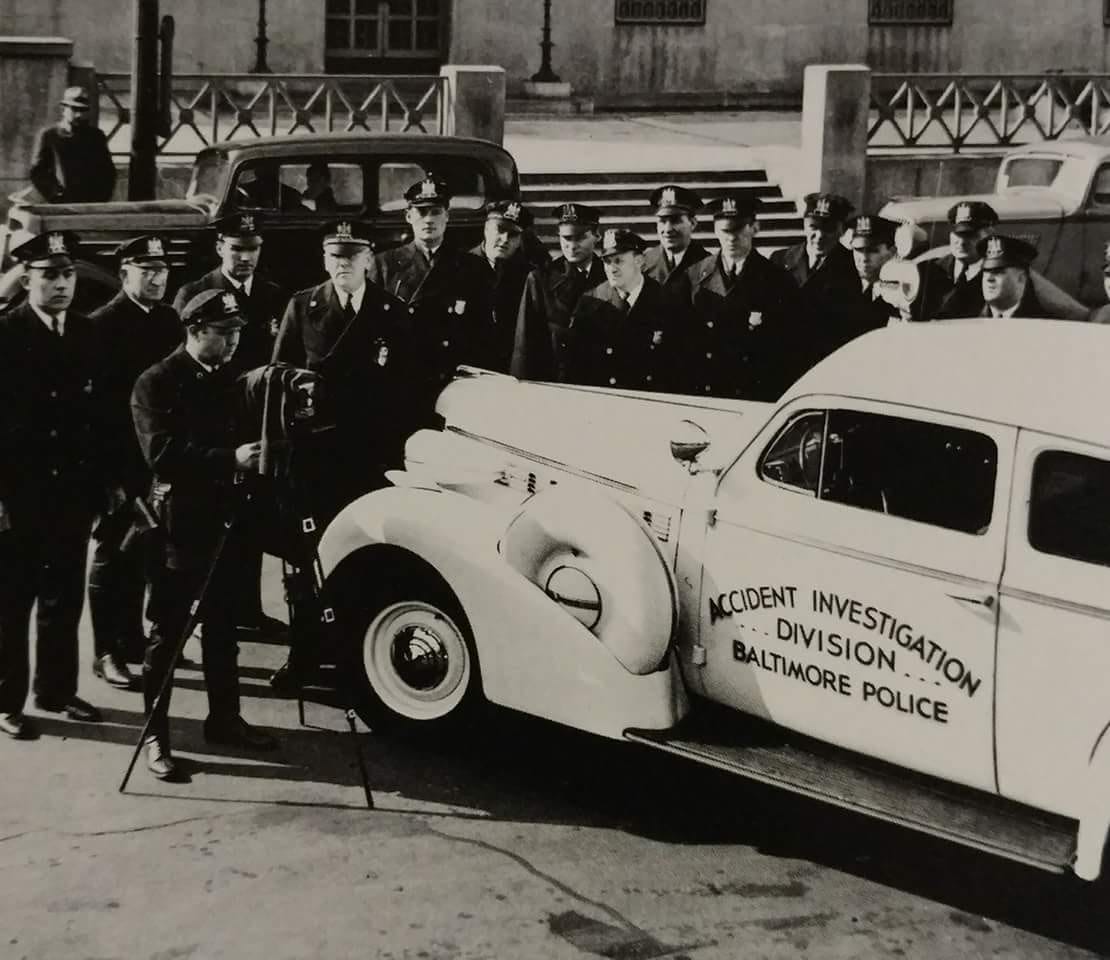

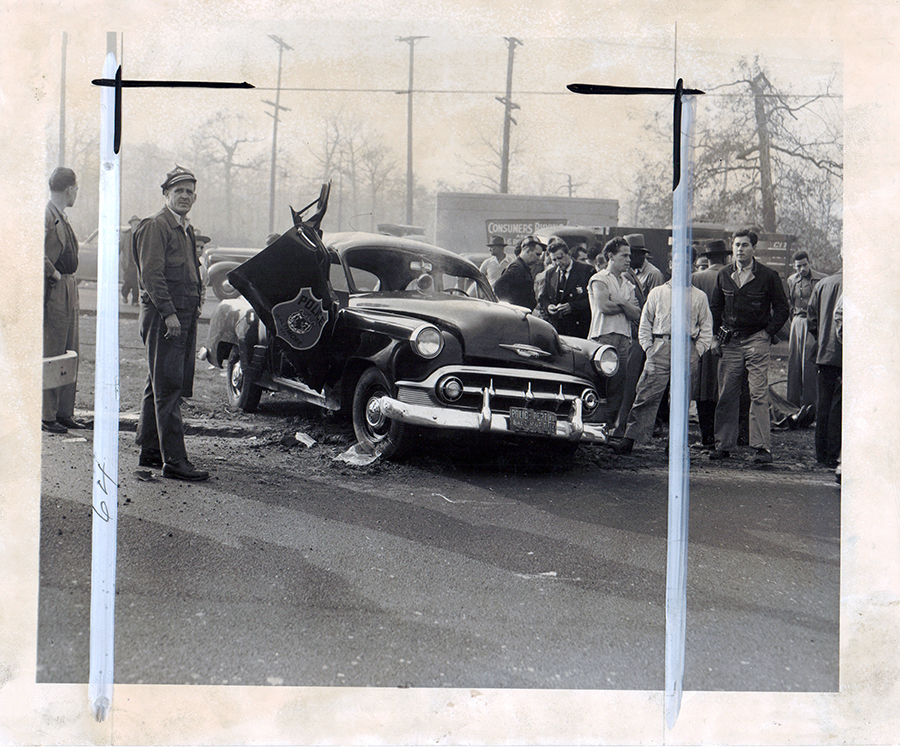
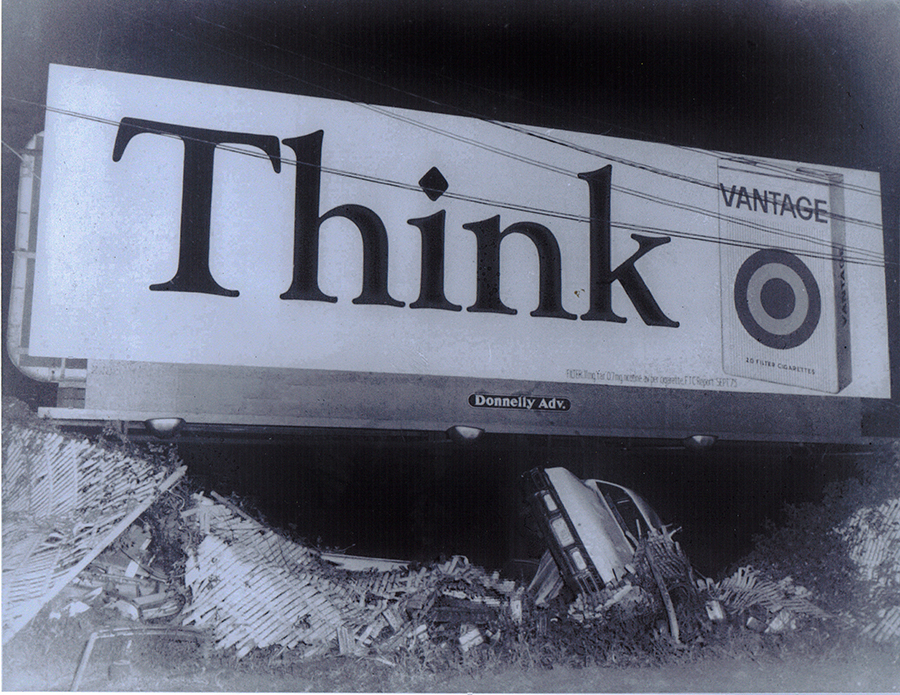
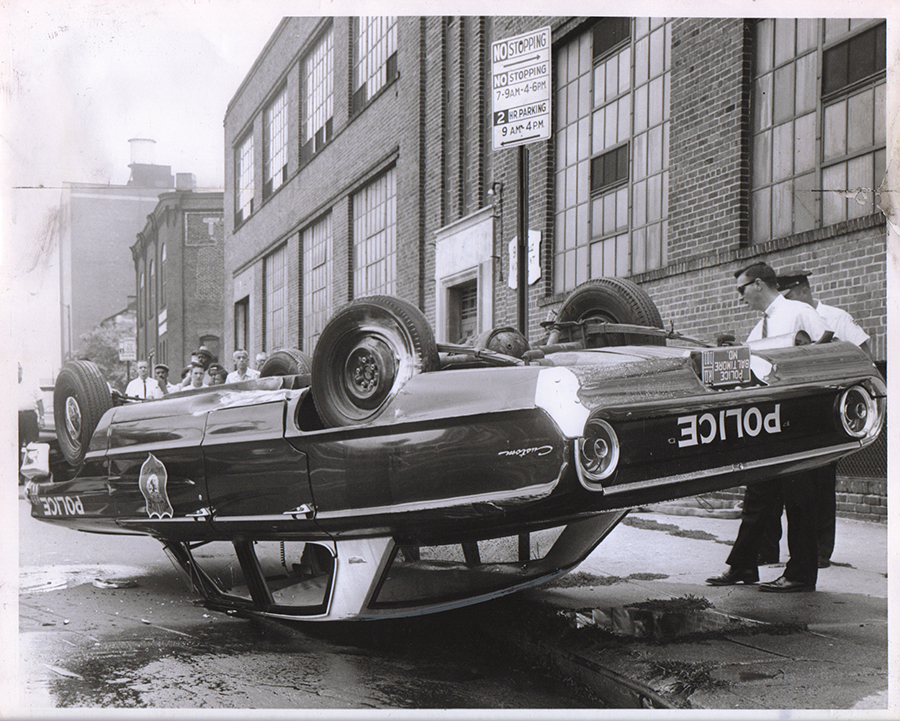
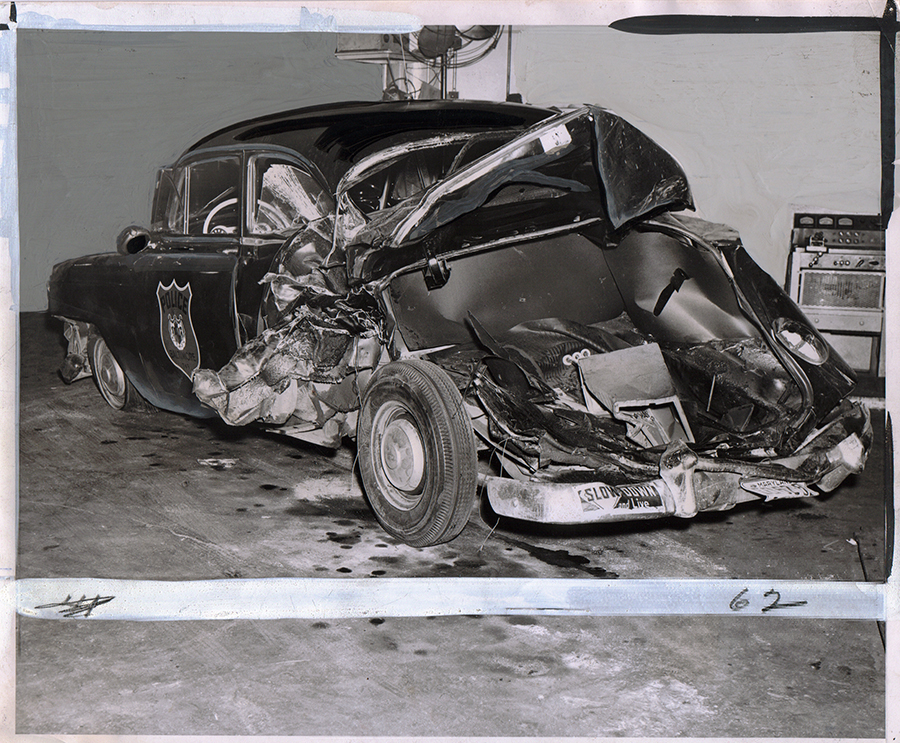

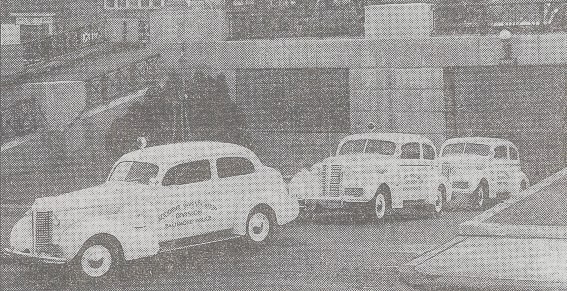
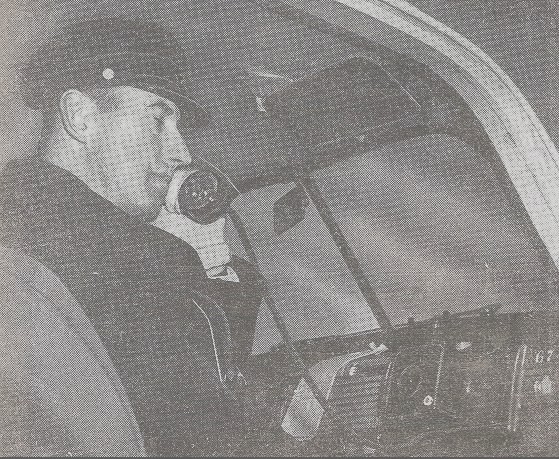
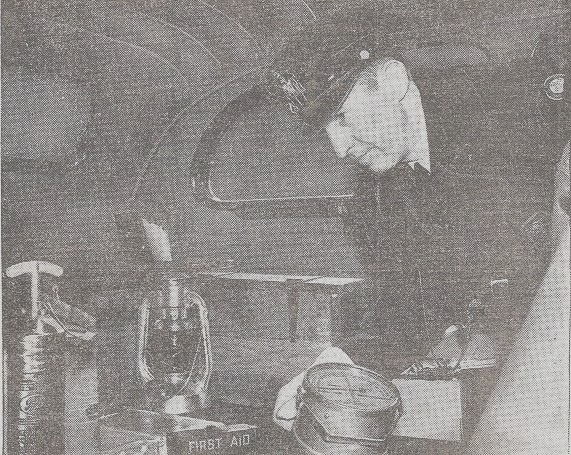
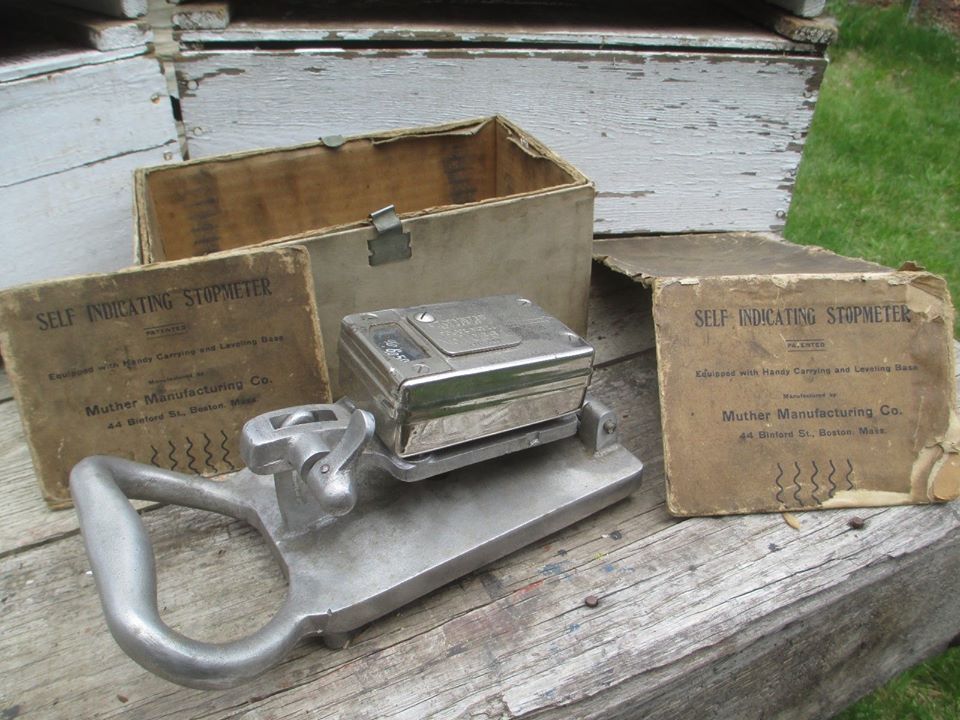
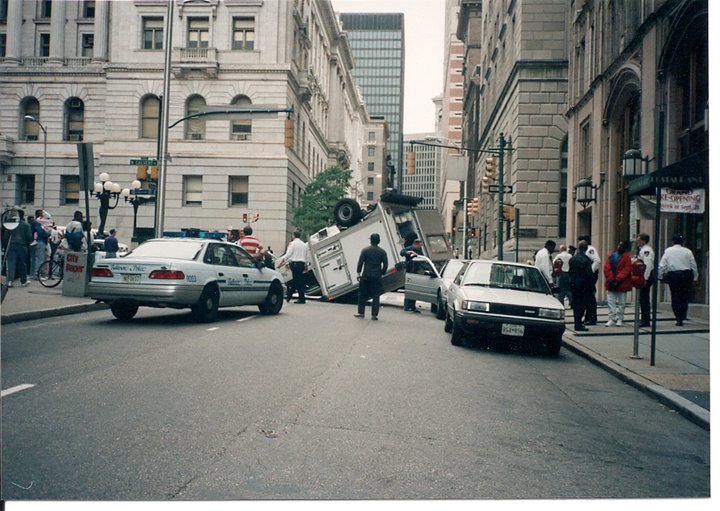
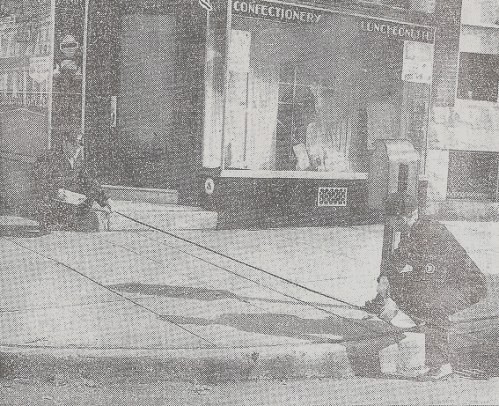
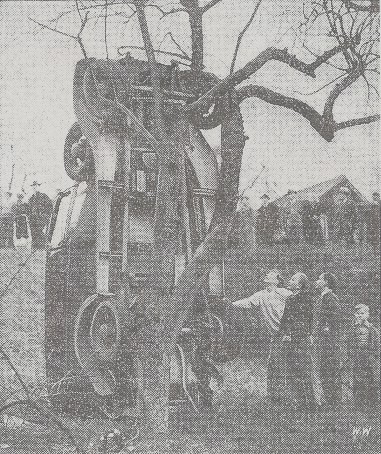
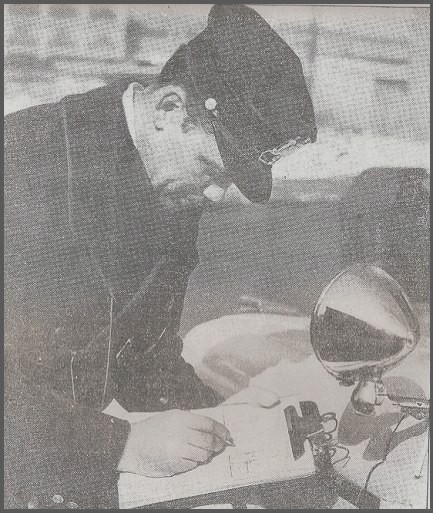
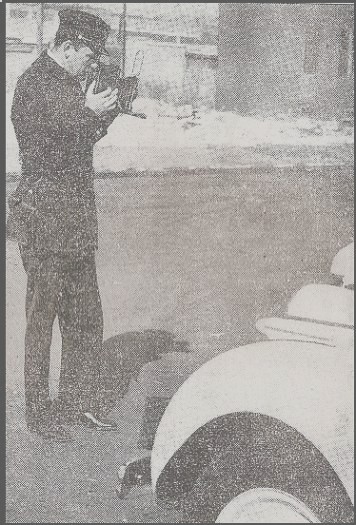
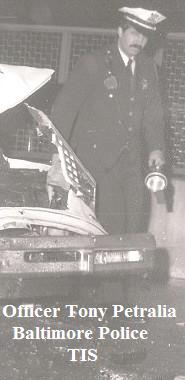

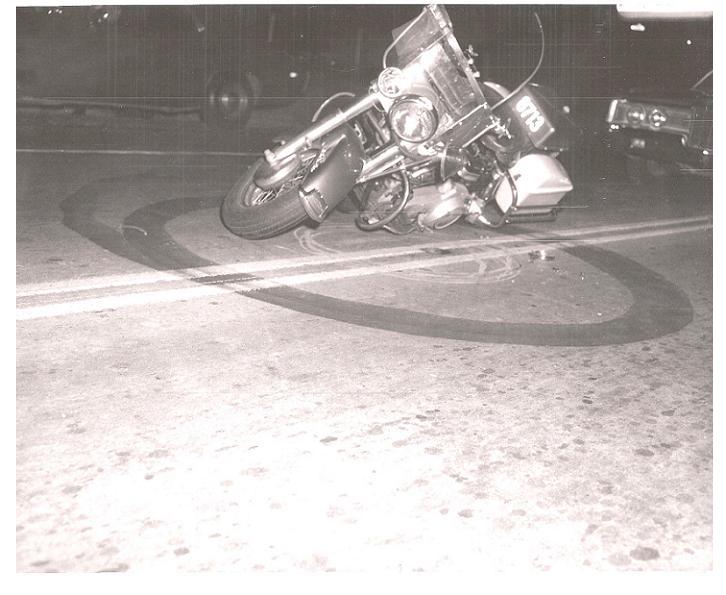
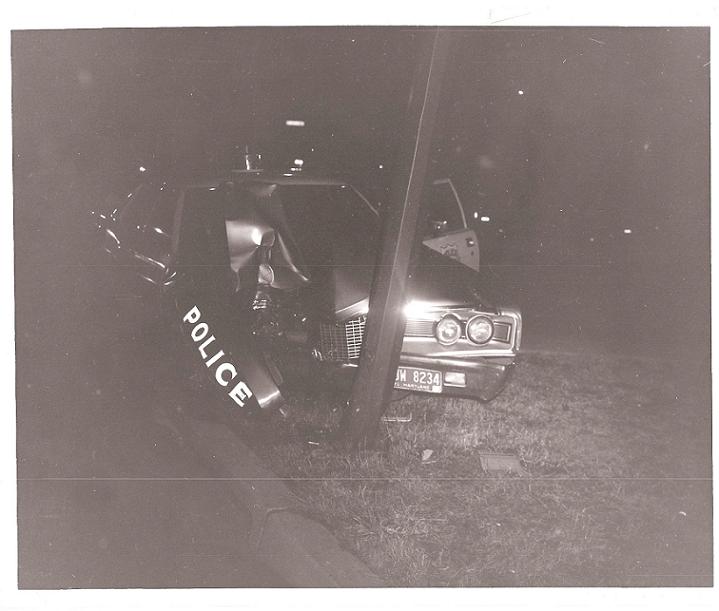
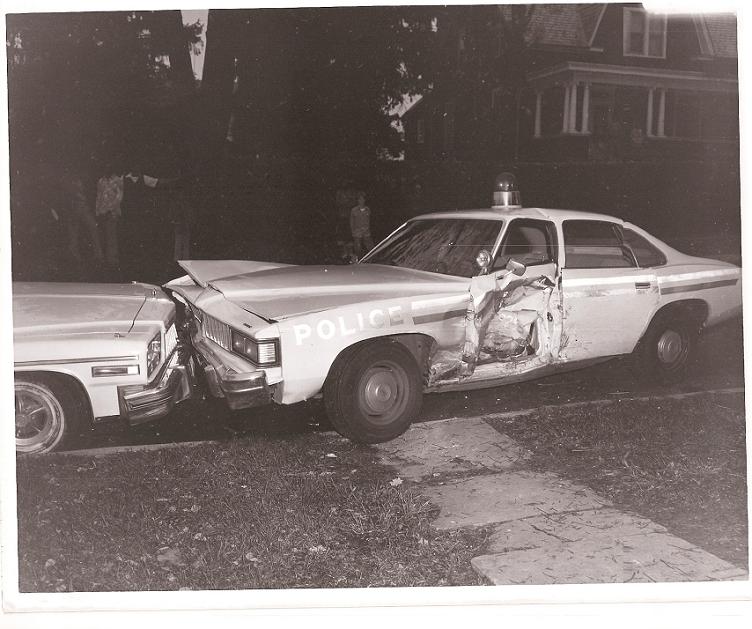

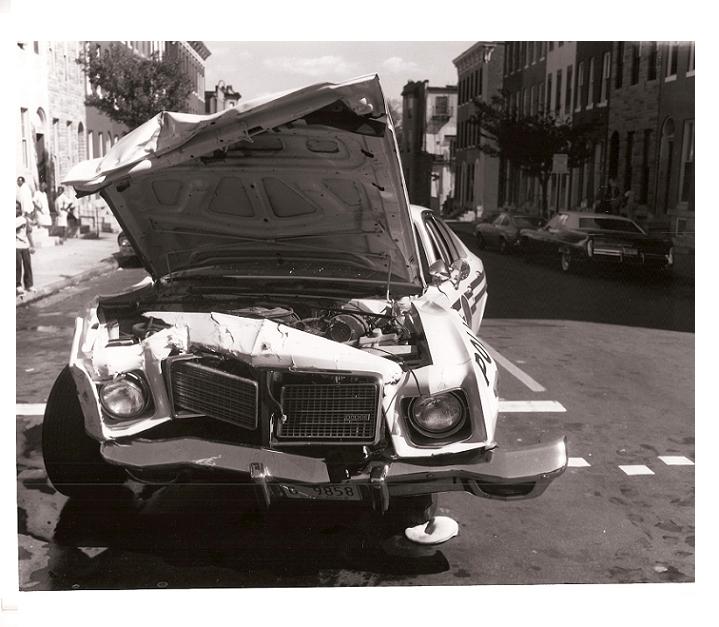
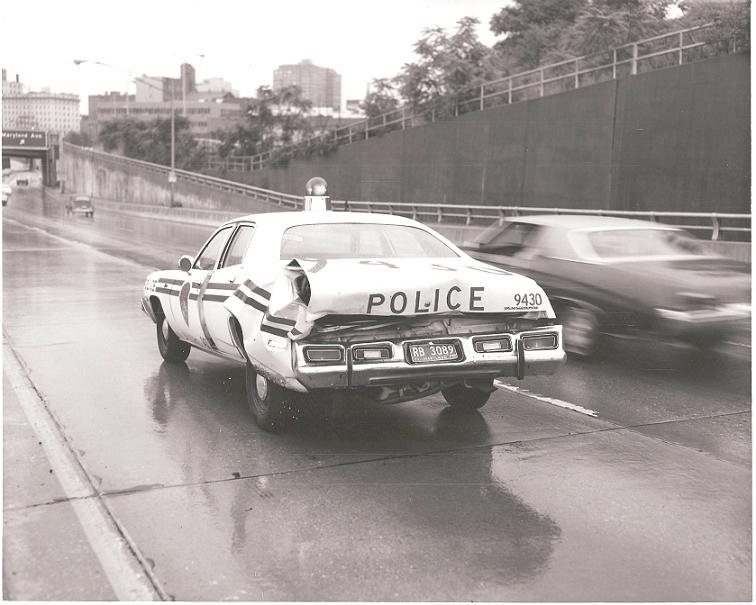
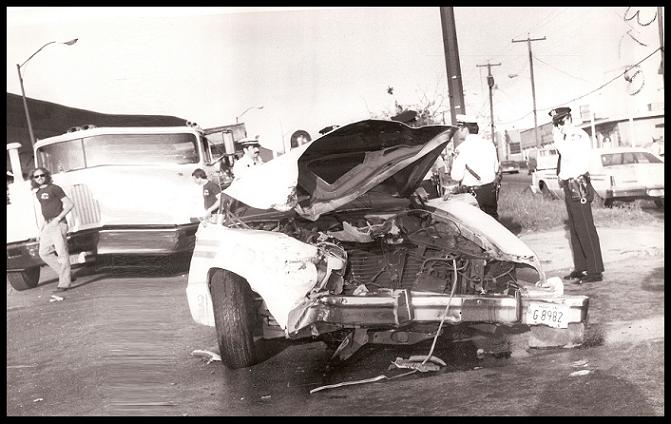


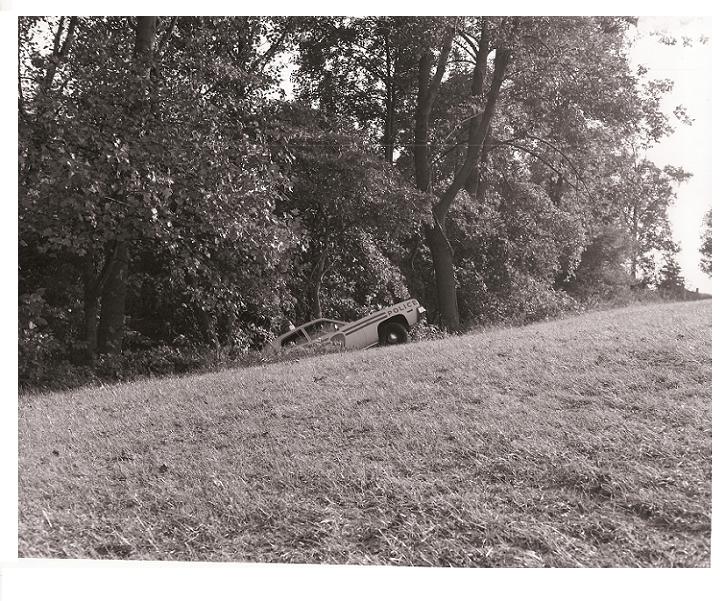

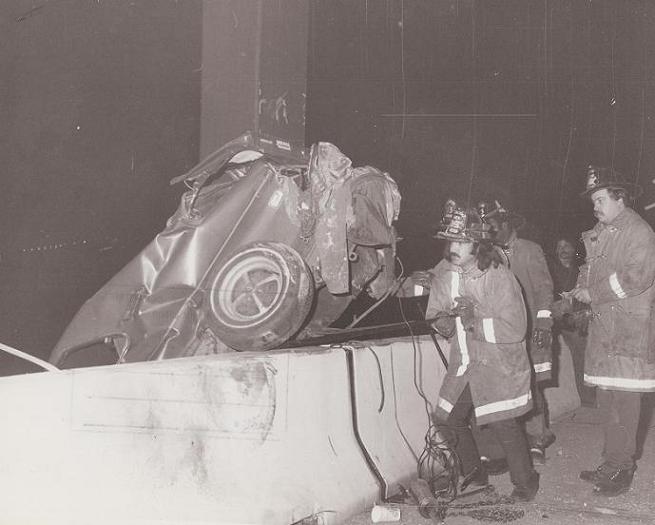



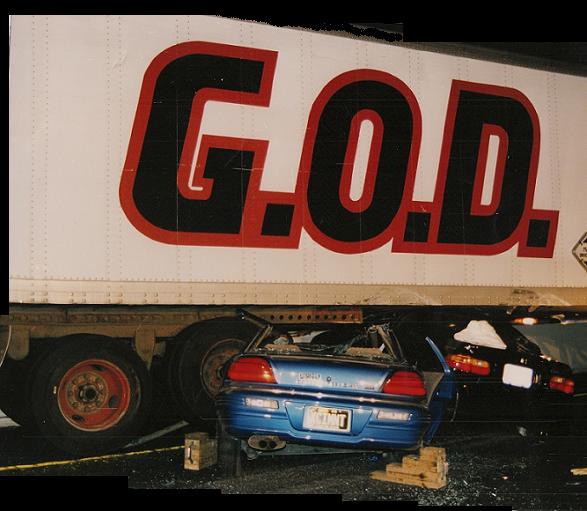
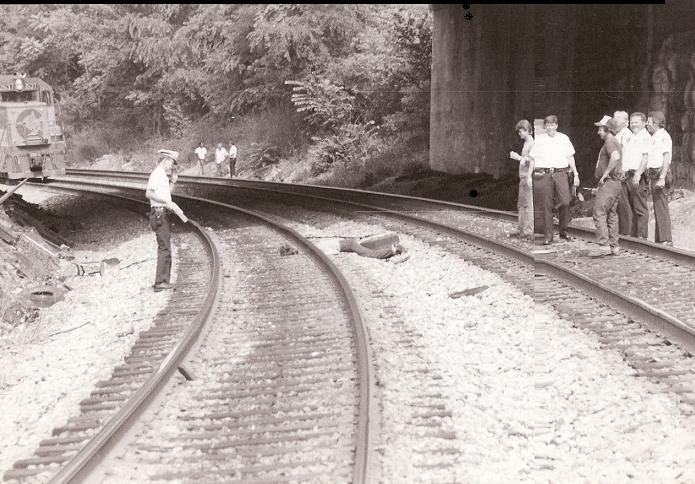

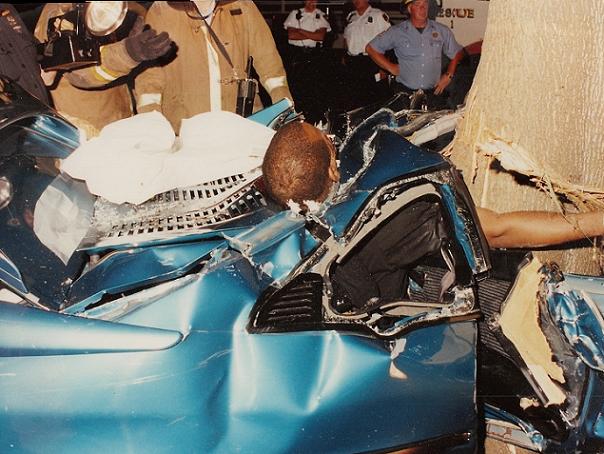
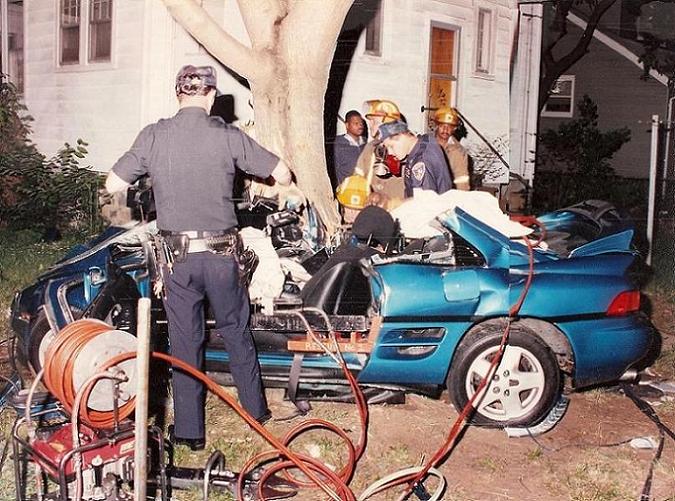
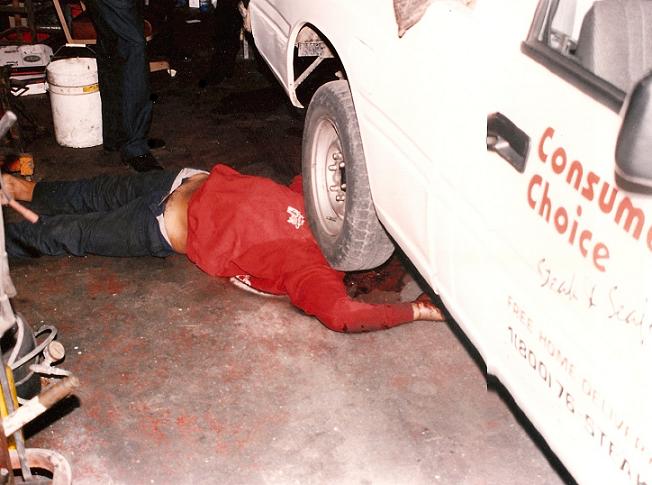
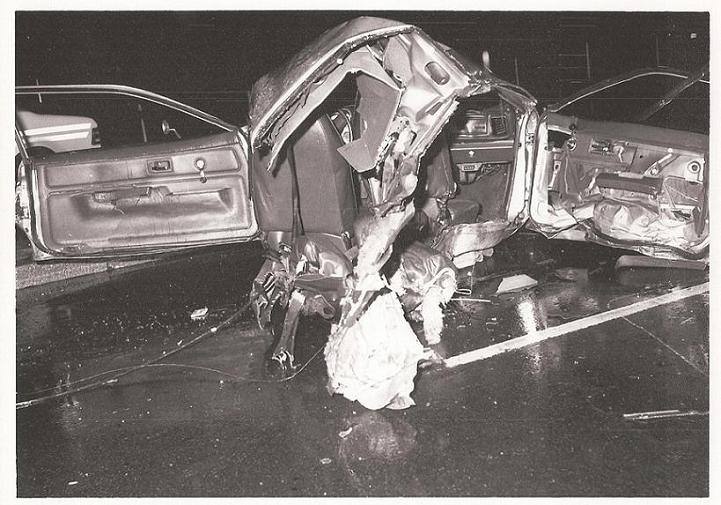
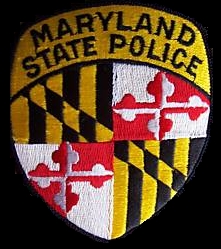
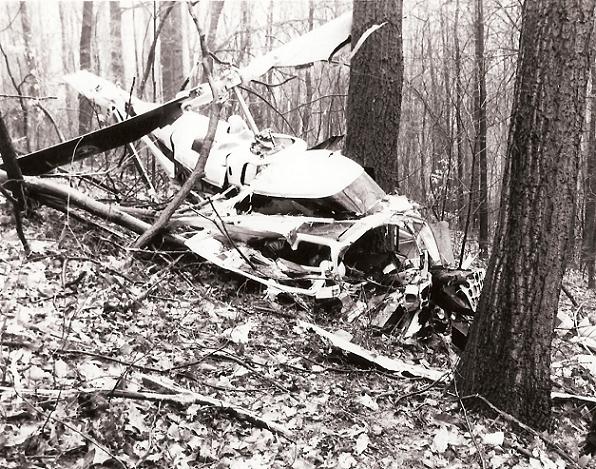
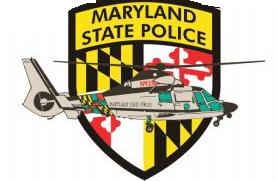
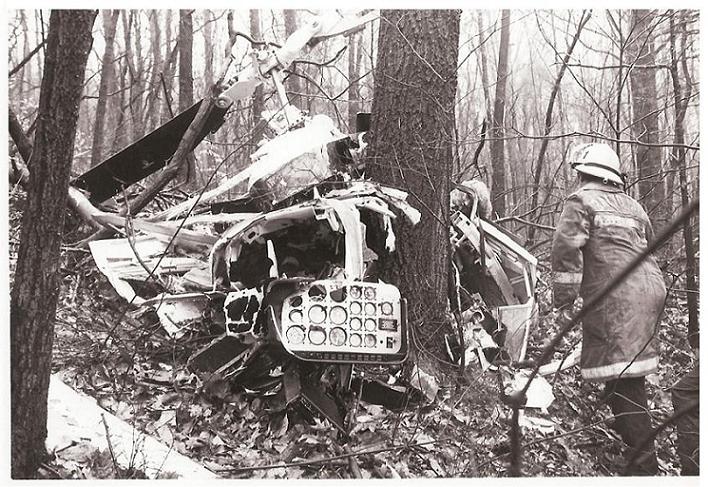
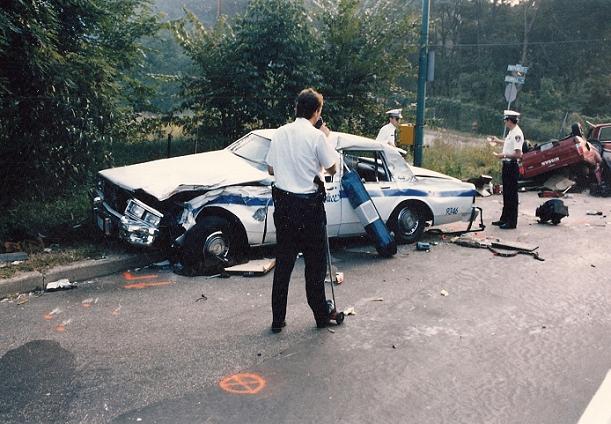

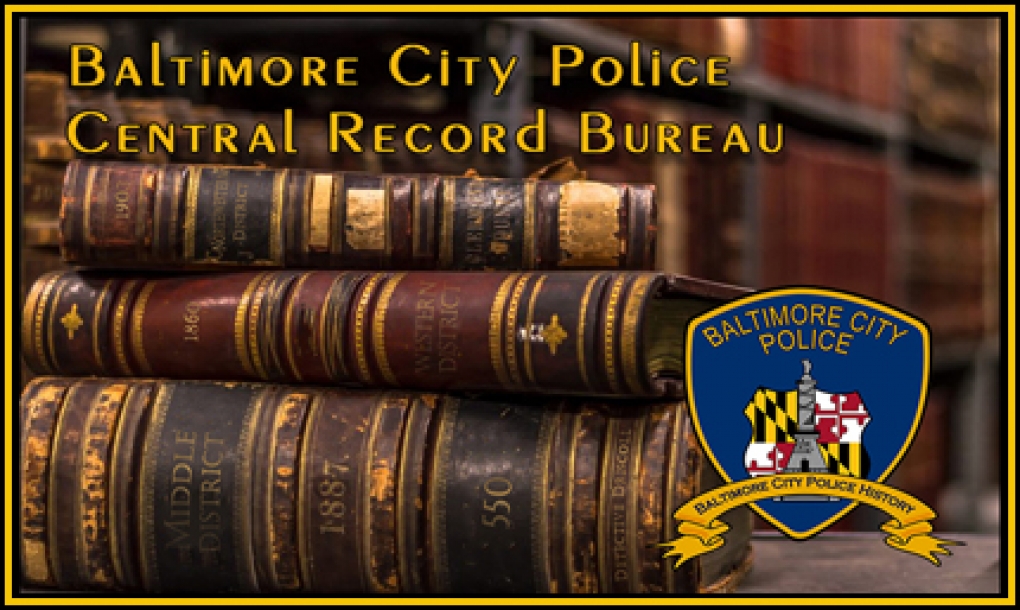

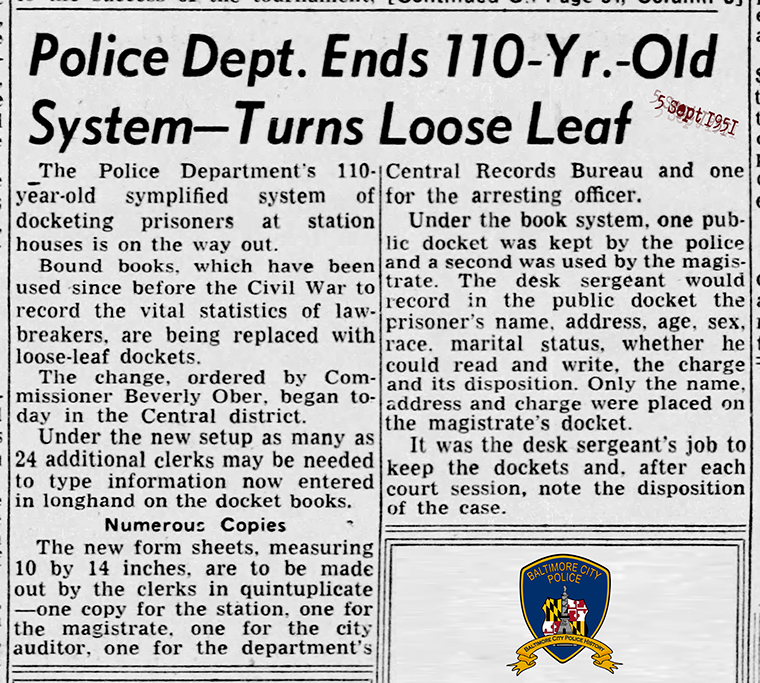


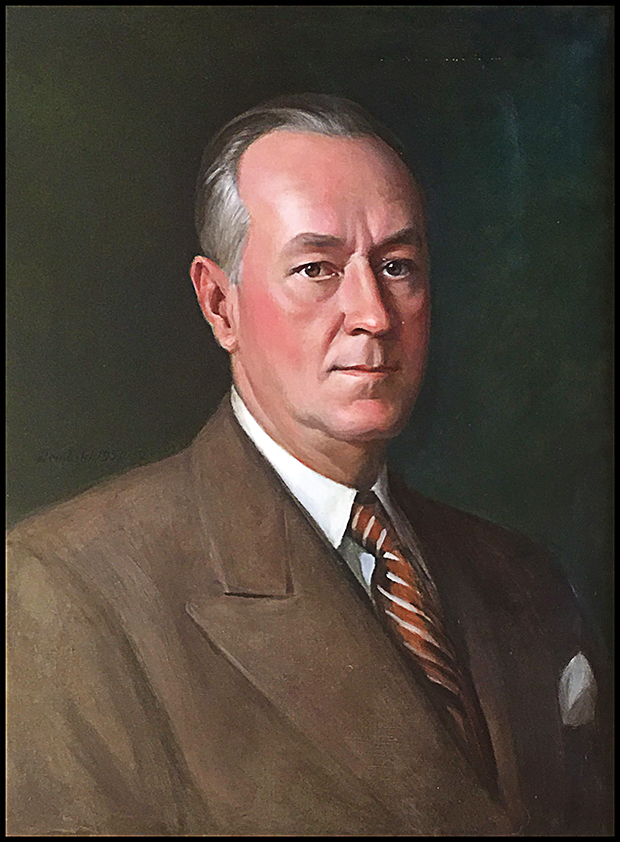
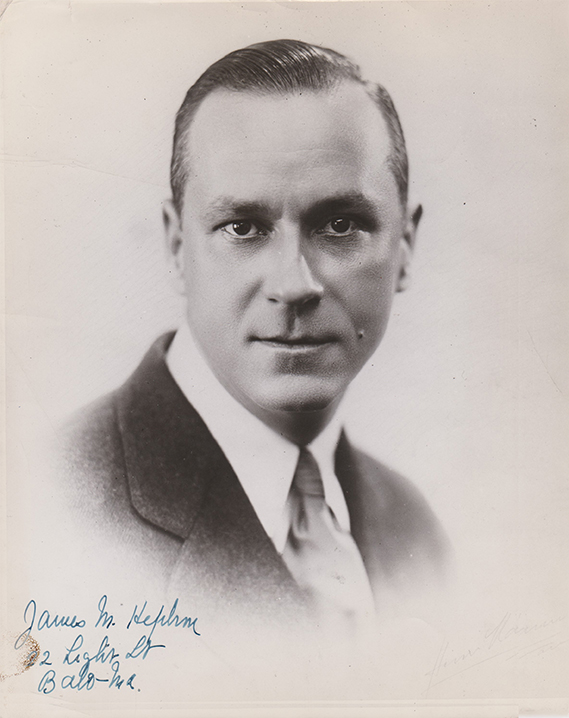
 One of The American City’s first reports on police dogs appeared in an October 1957 article by James Hepbron, Baltimore’s police commissioner. According to the article, the idea for adding the dogs to the police force came from residents who read a 1956 newspaper series about Scotland Yard’s police dogs in London. A veteran of the U.S. Marine’s K-9 Corps volunteered to start the city’s training program, and one man offered the use of his German shepherd. Soon, a patrolman donated a second dog and asked to be assigned to the corps. The department expanded the K-9 unit with six more donated dogs in January 1957. In their first year, Baltimore’s police dogs participated in 175 arrests, and “almost daily, police officers report that fugitives immediately give up any idea of fleeing at the sight of a dog.”
One of The American City’s first reports on police dogs appeared in an October 1957 article by James Hepbron, Baltimore’s police commissioner. According to the article, the idea for adding the dogs to the police force came from residents who read a 1956 newspaper series about Scotland Yard’s police dogs in London. A veteran of the U.S. Marine’s K-9 Corps volunteered to start the city’s training program, and one man offered the use of his German shepherd. Soon, a patrolman donated a second dog and asked to be assigned to the corps. The department expanded the K-9 unit with six more donated dogs in January 1957. In their first year, Baltimore’s police dogs participated in 175 arrests, and “almost daily, police officers report that fugitives immediately give up any idea of fleeing at the sight of a dog.”